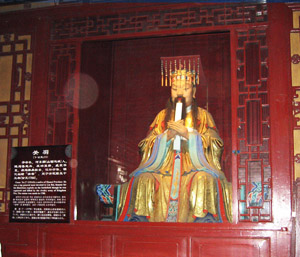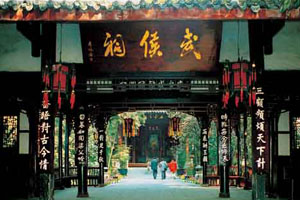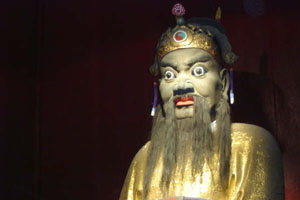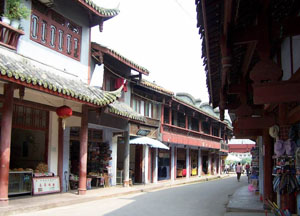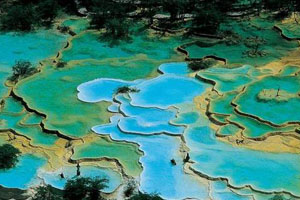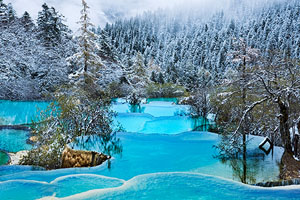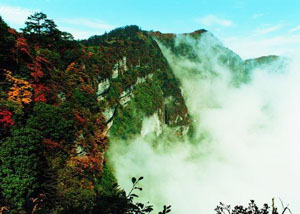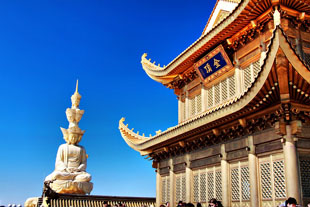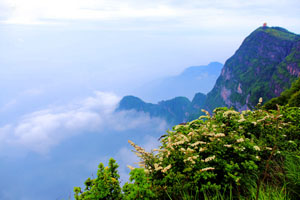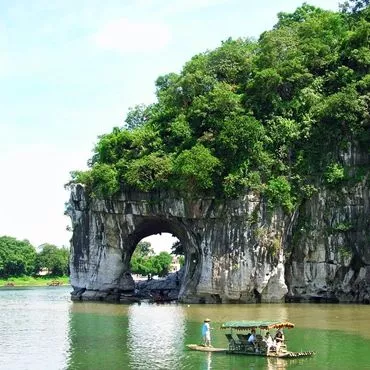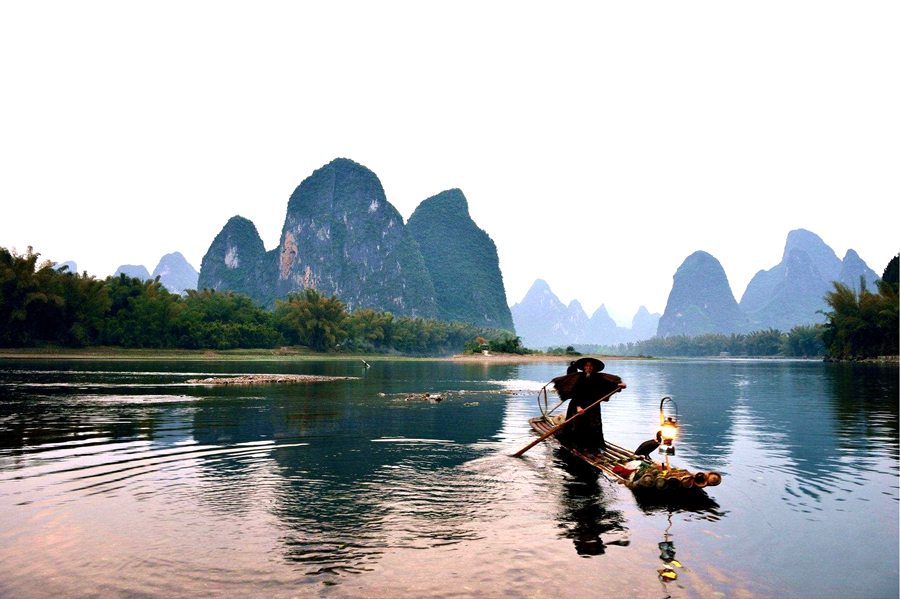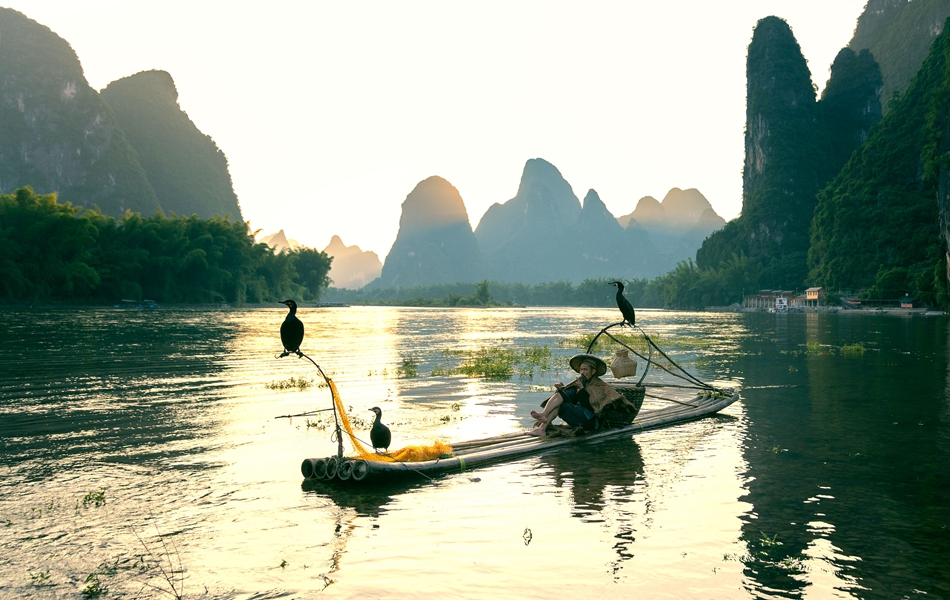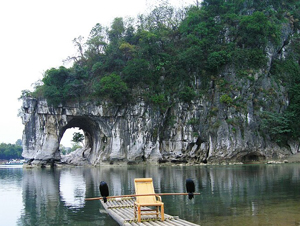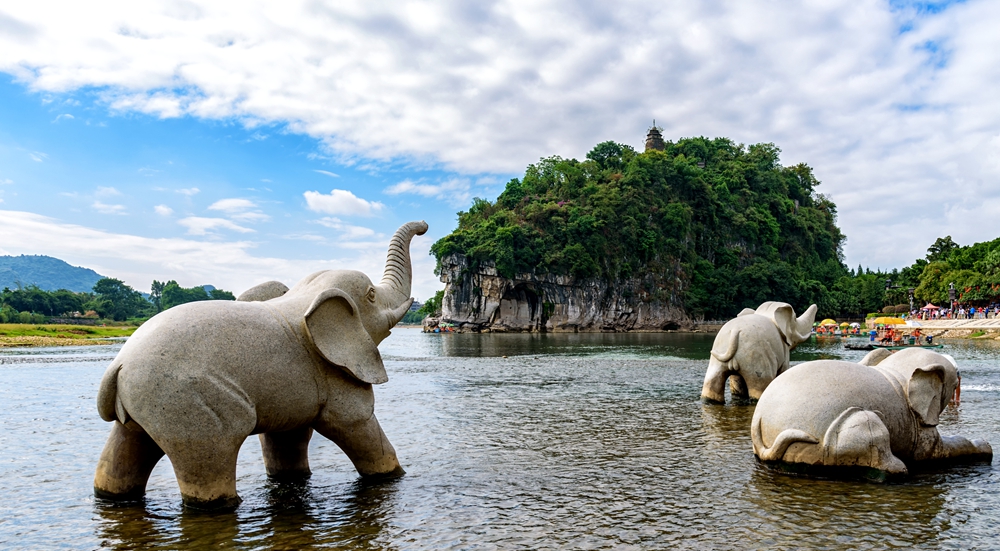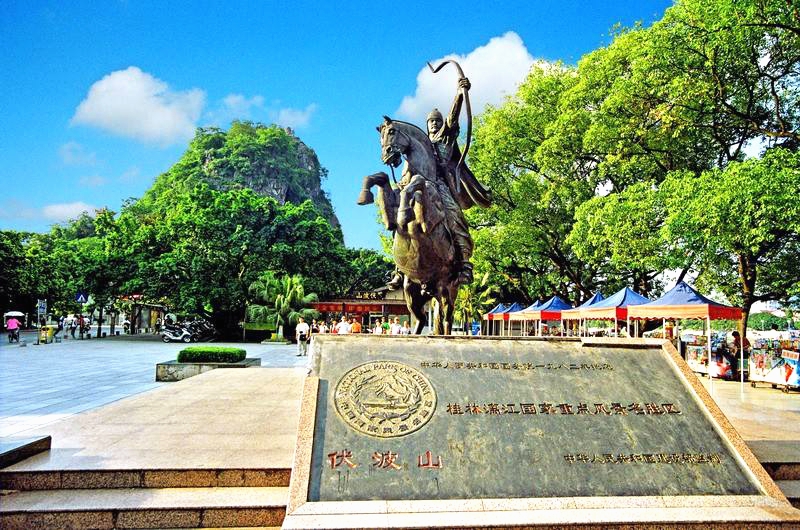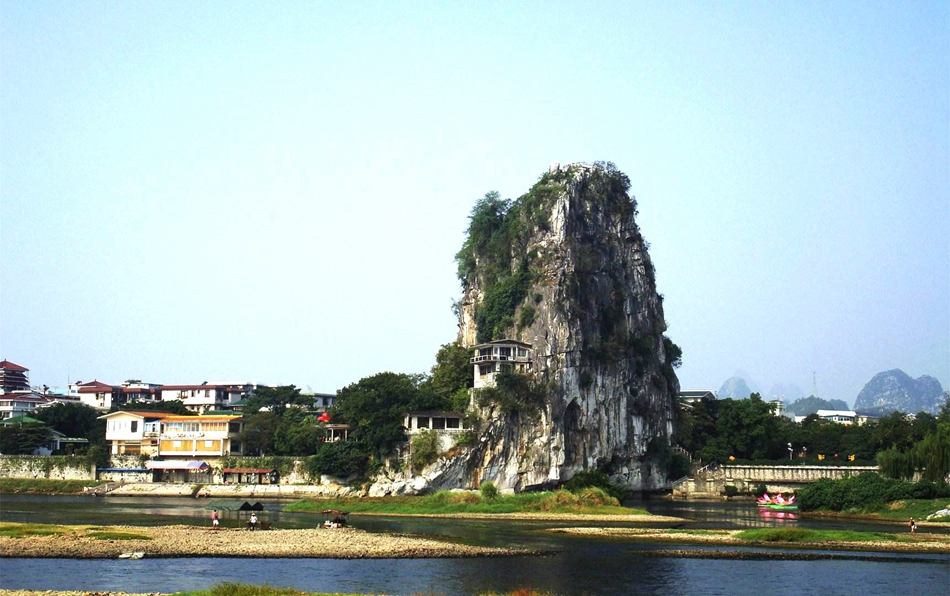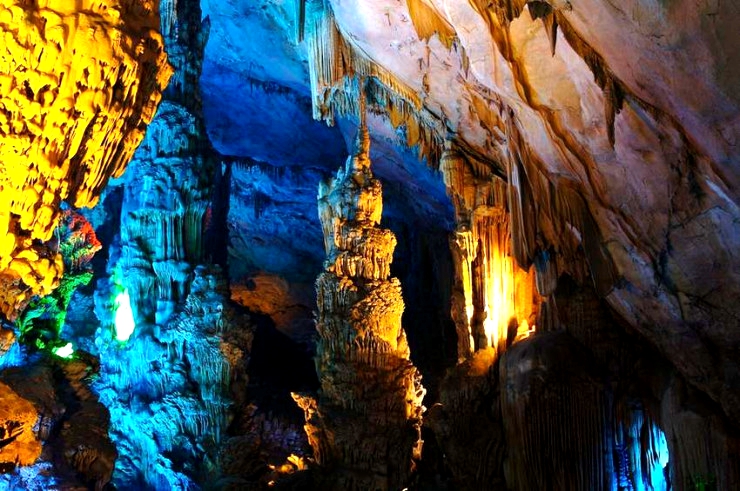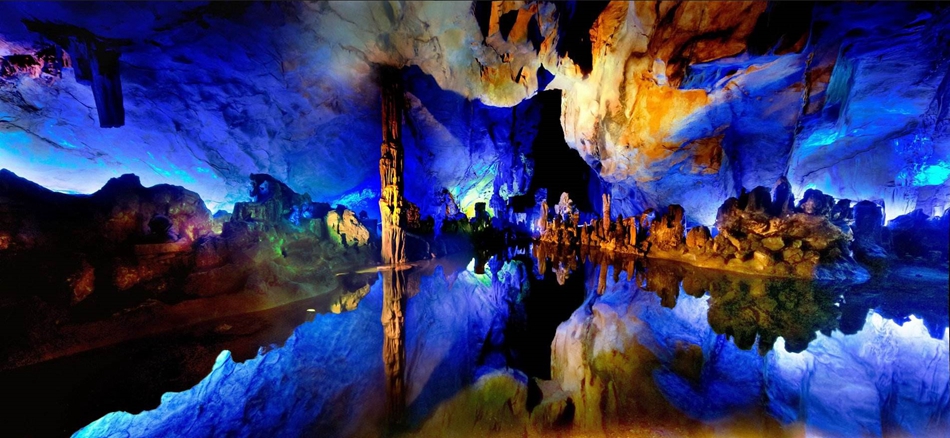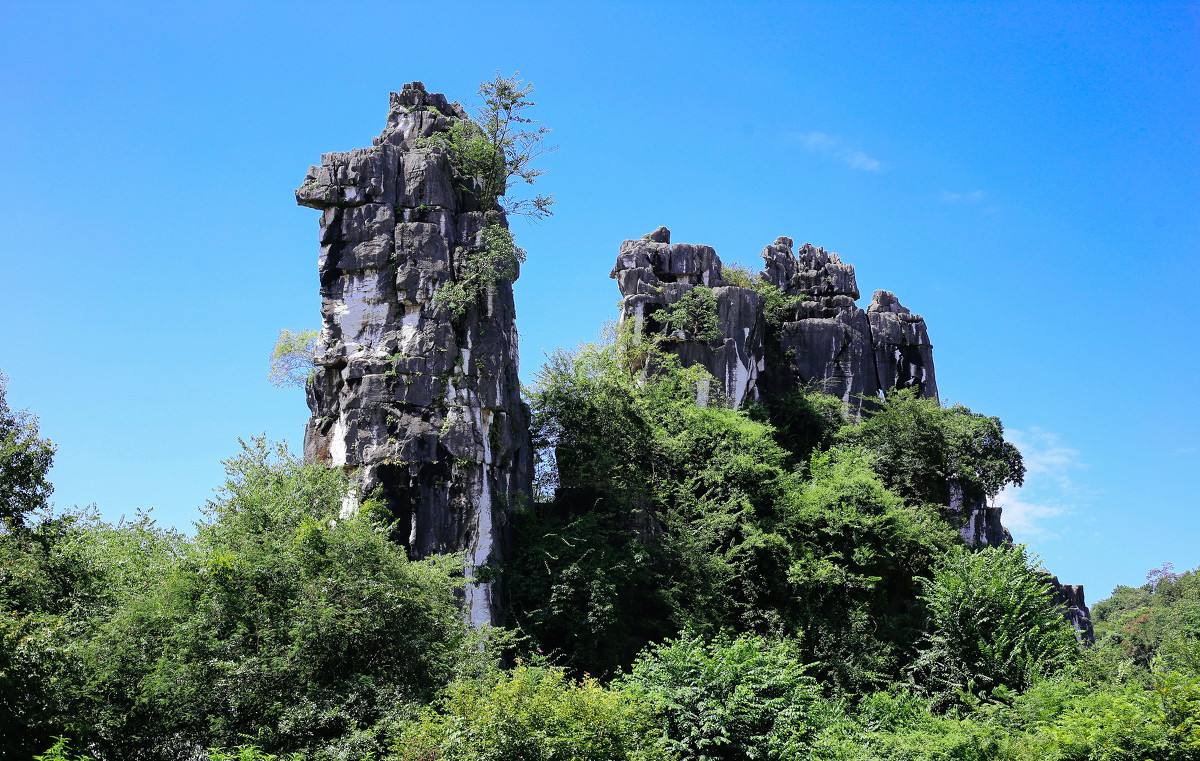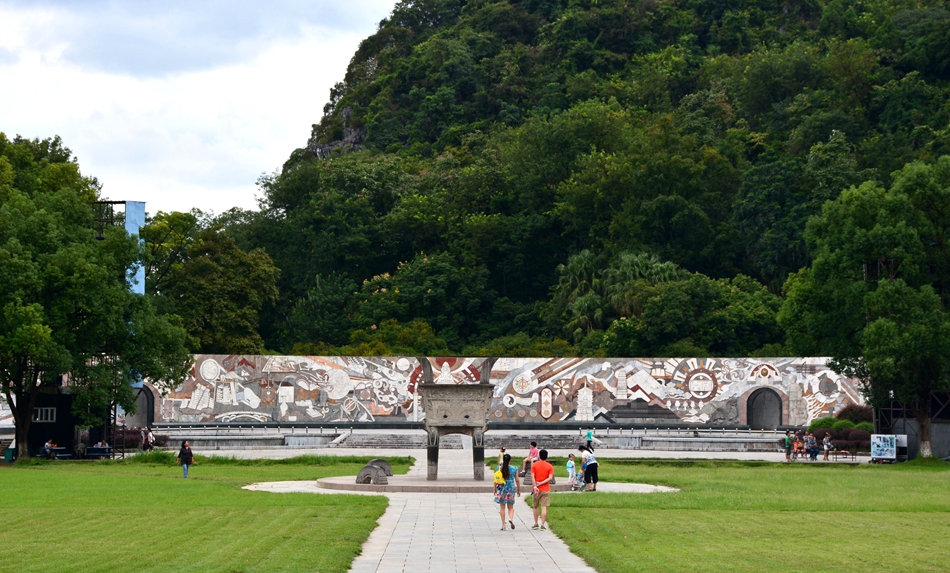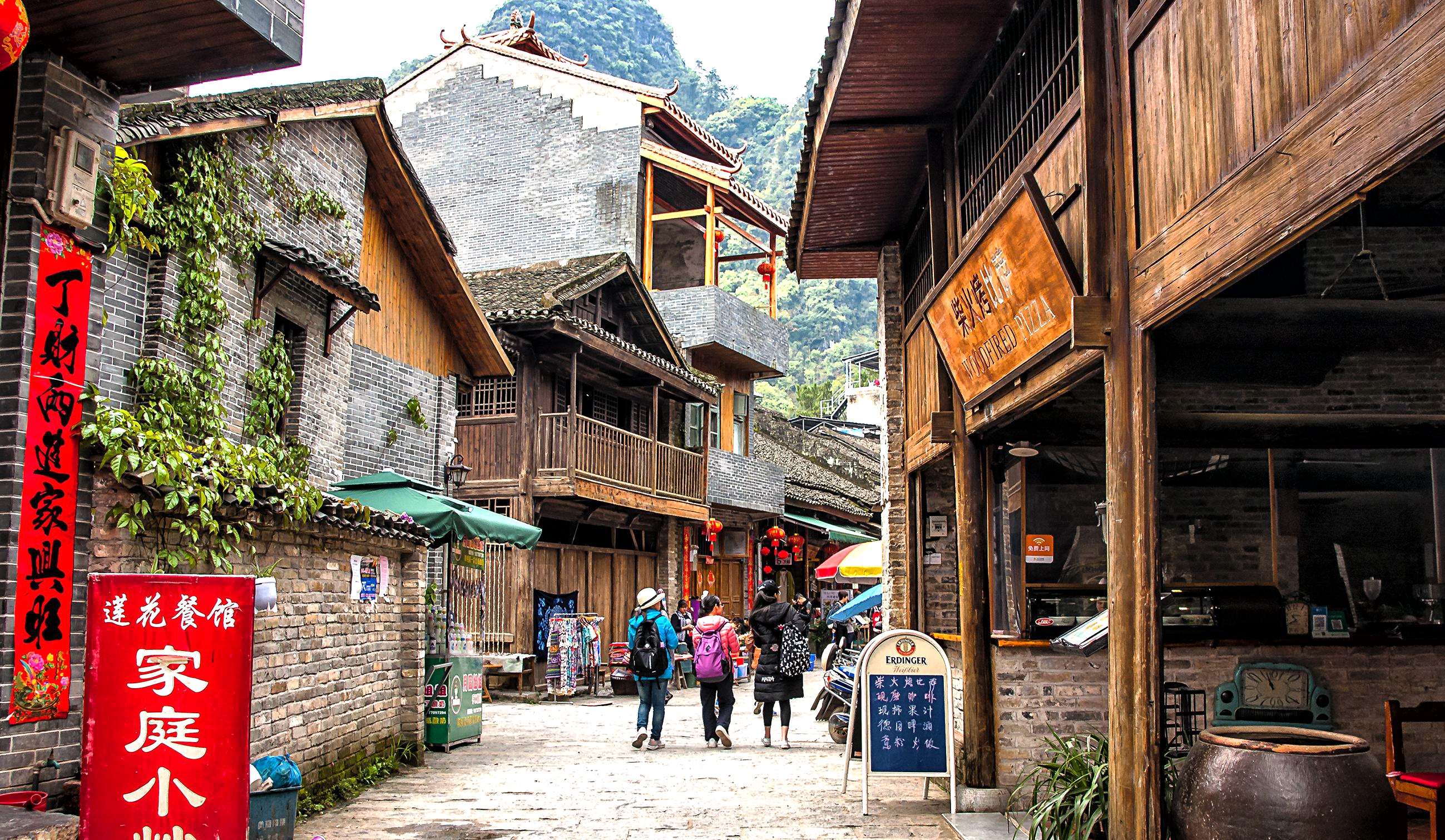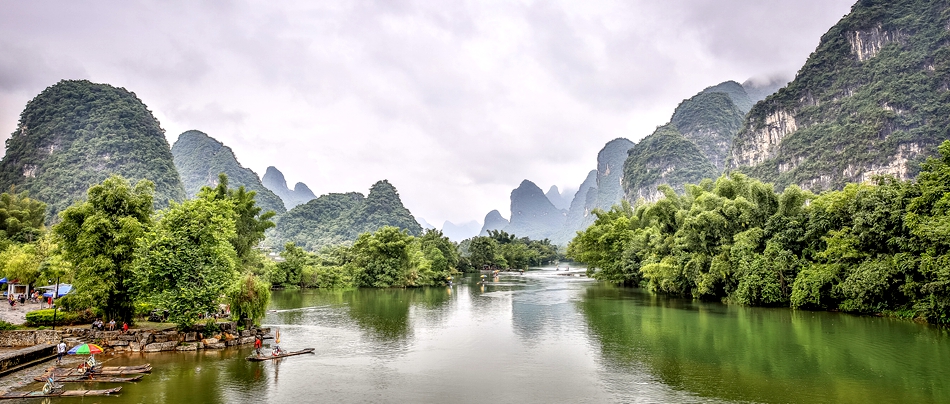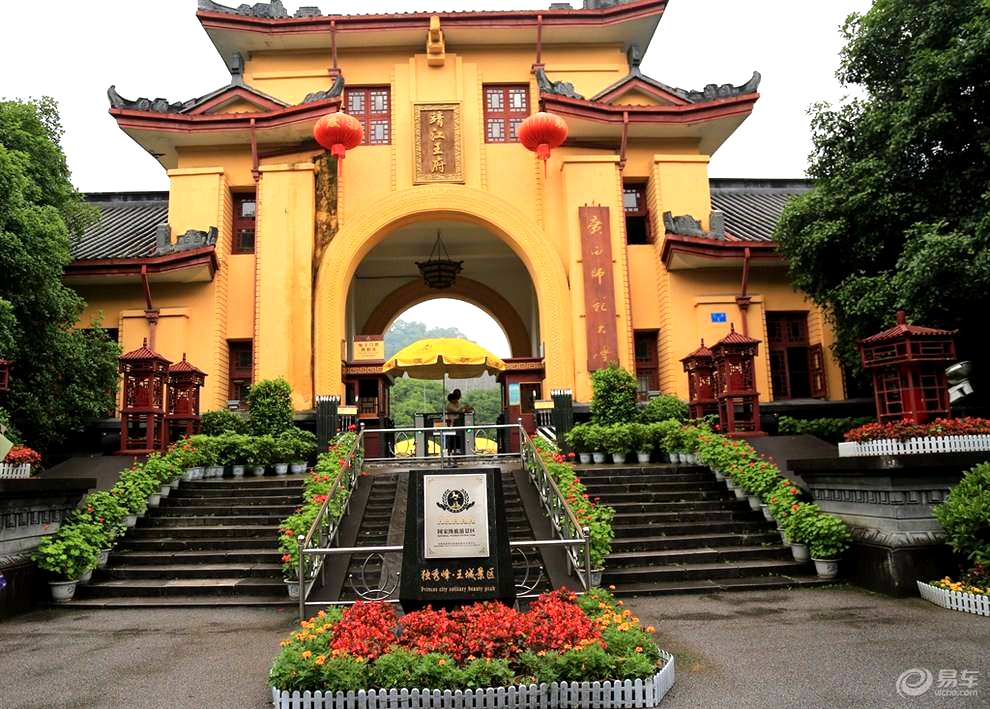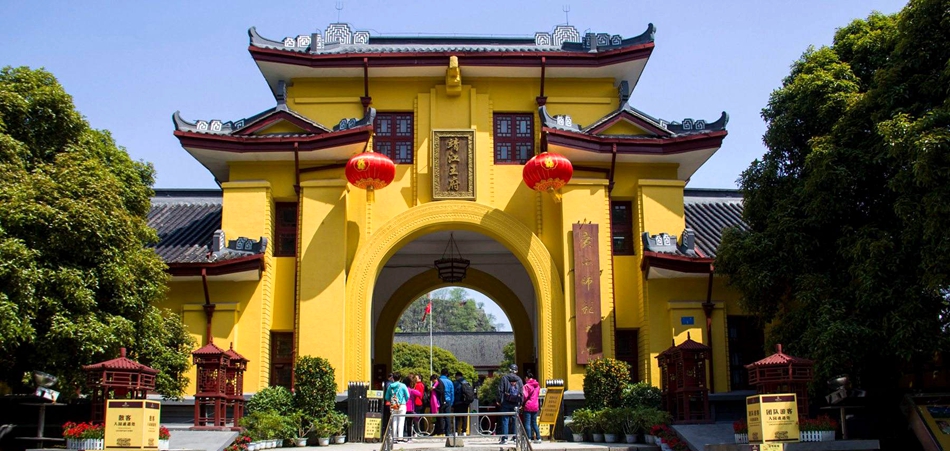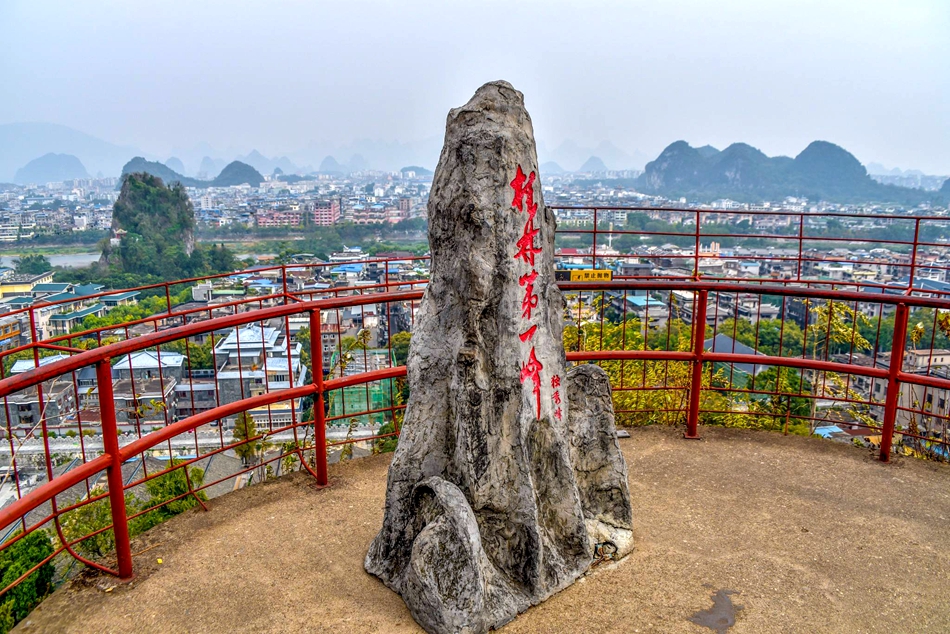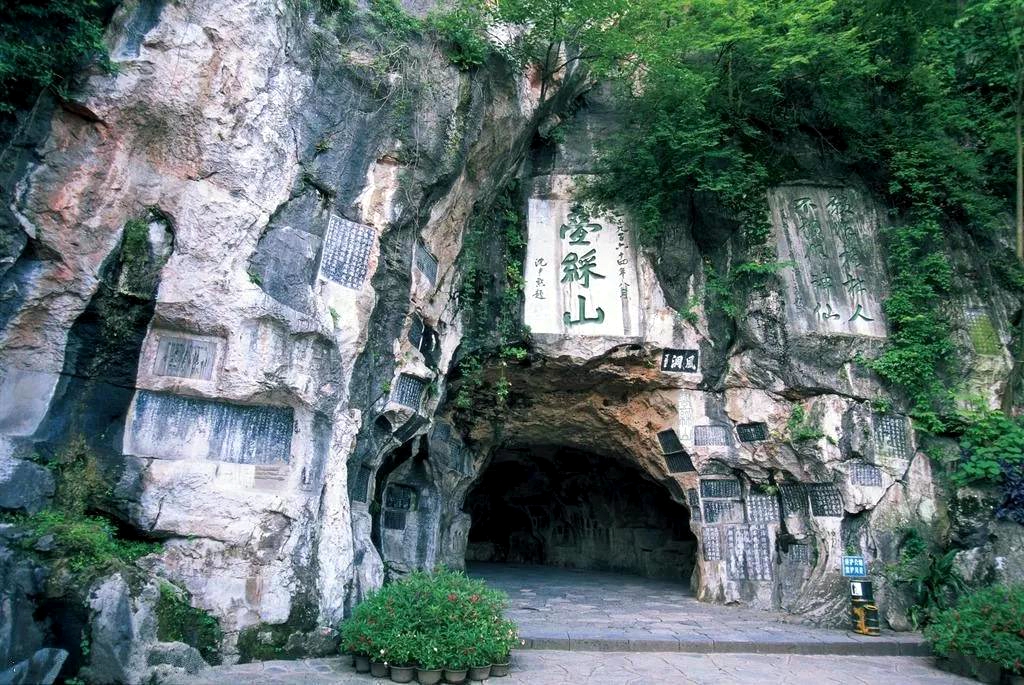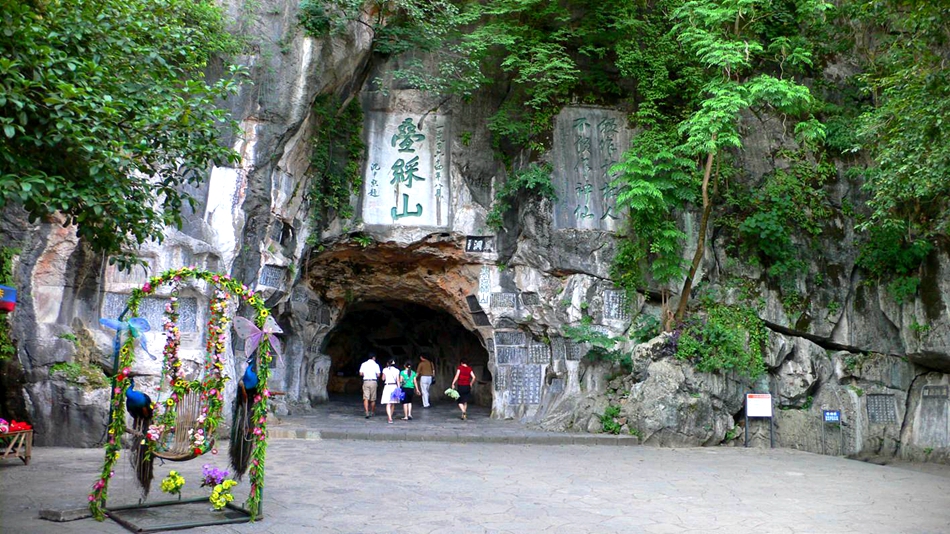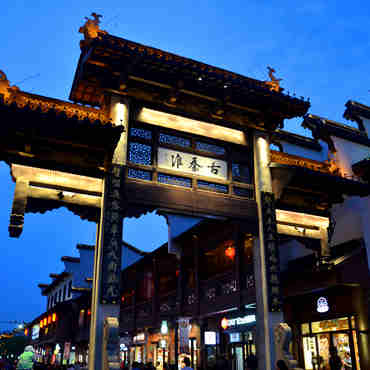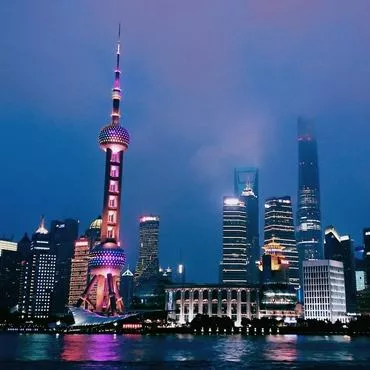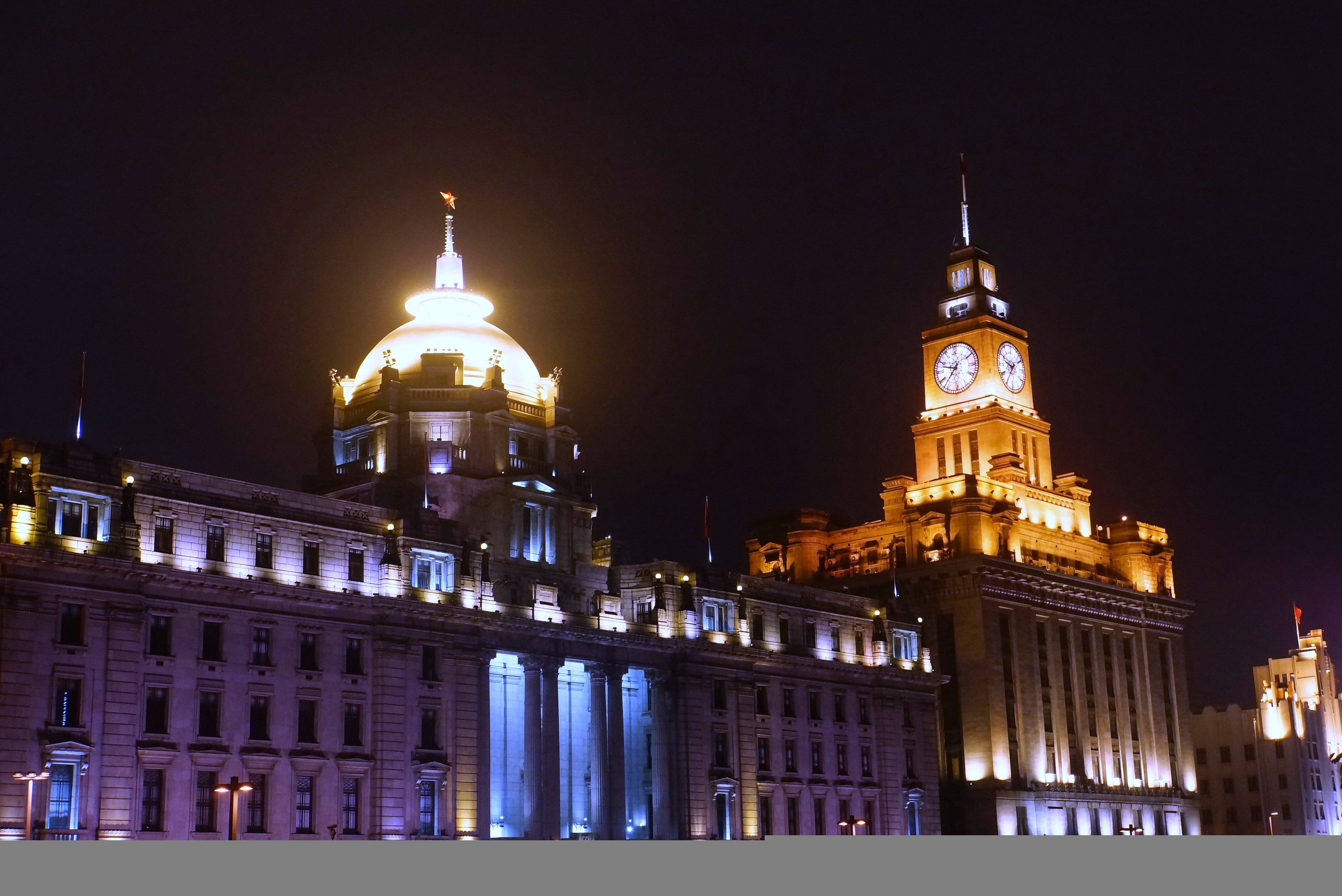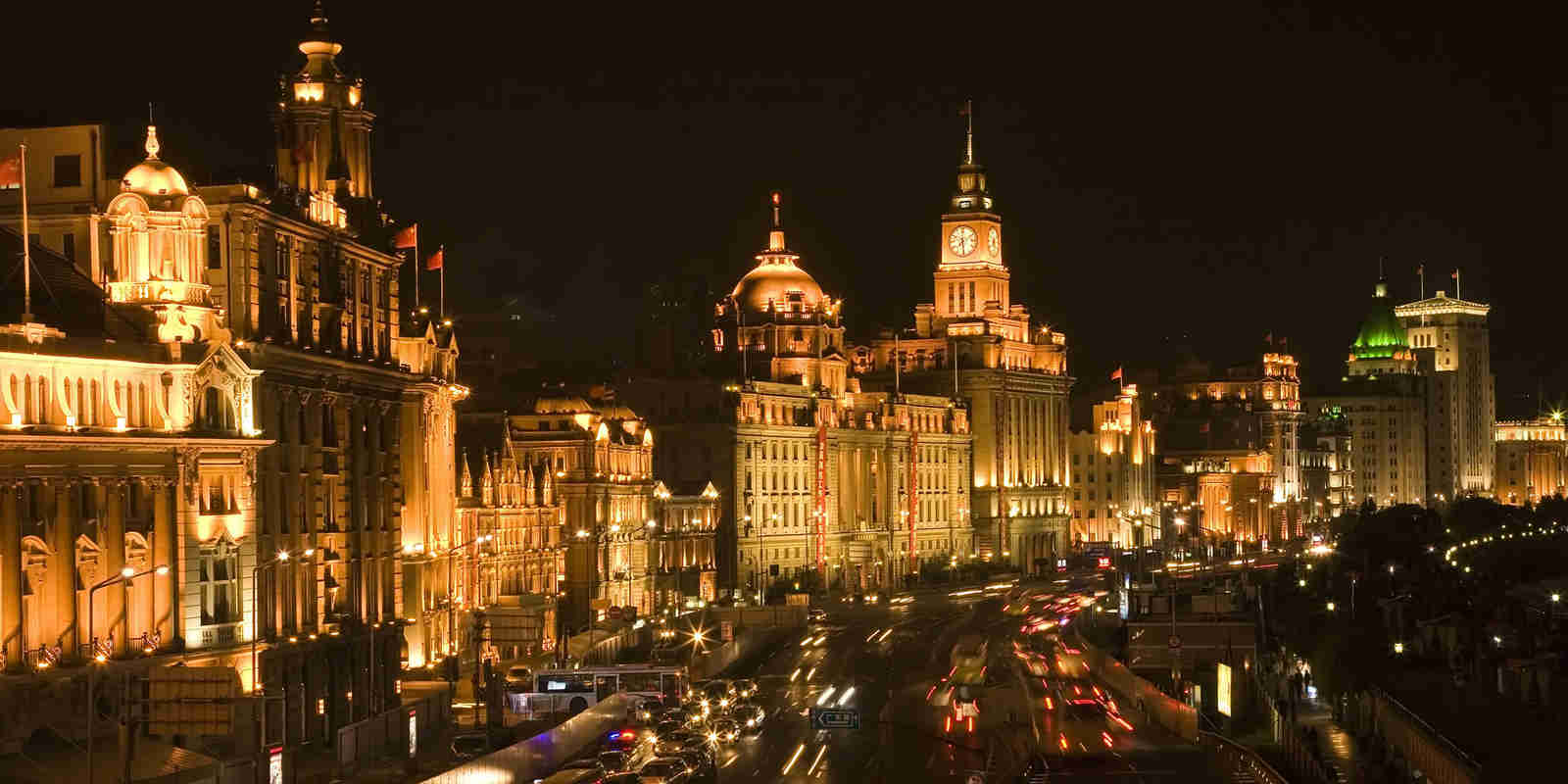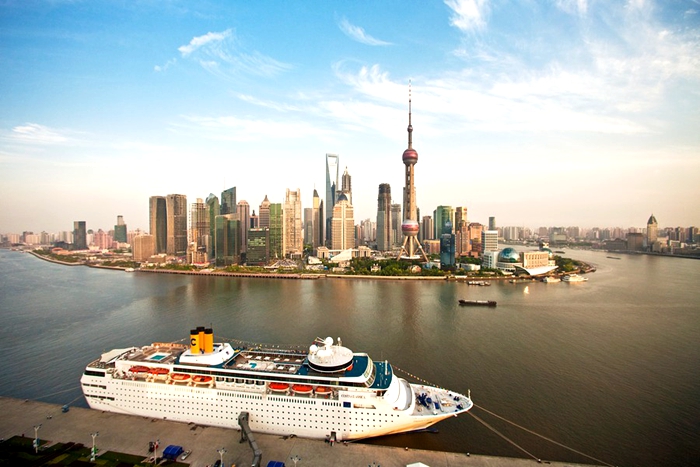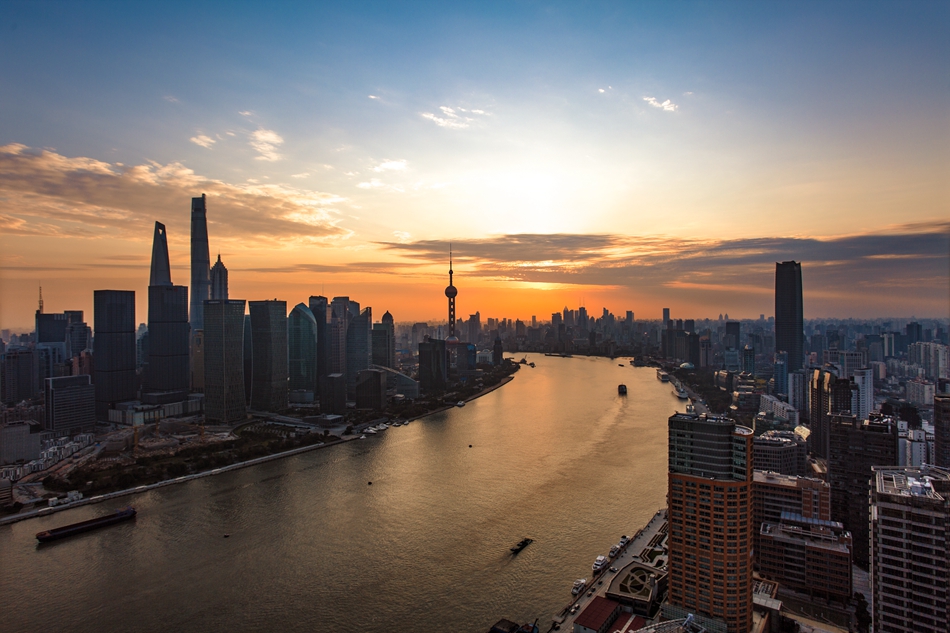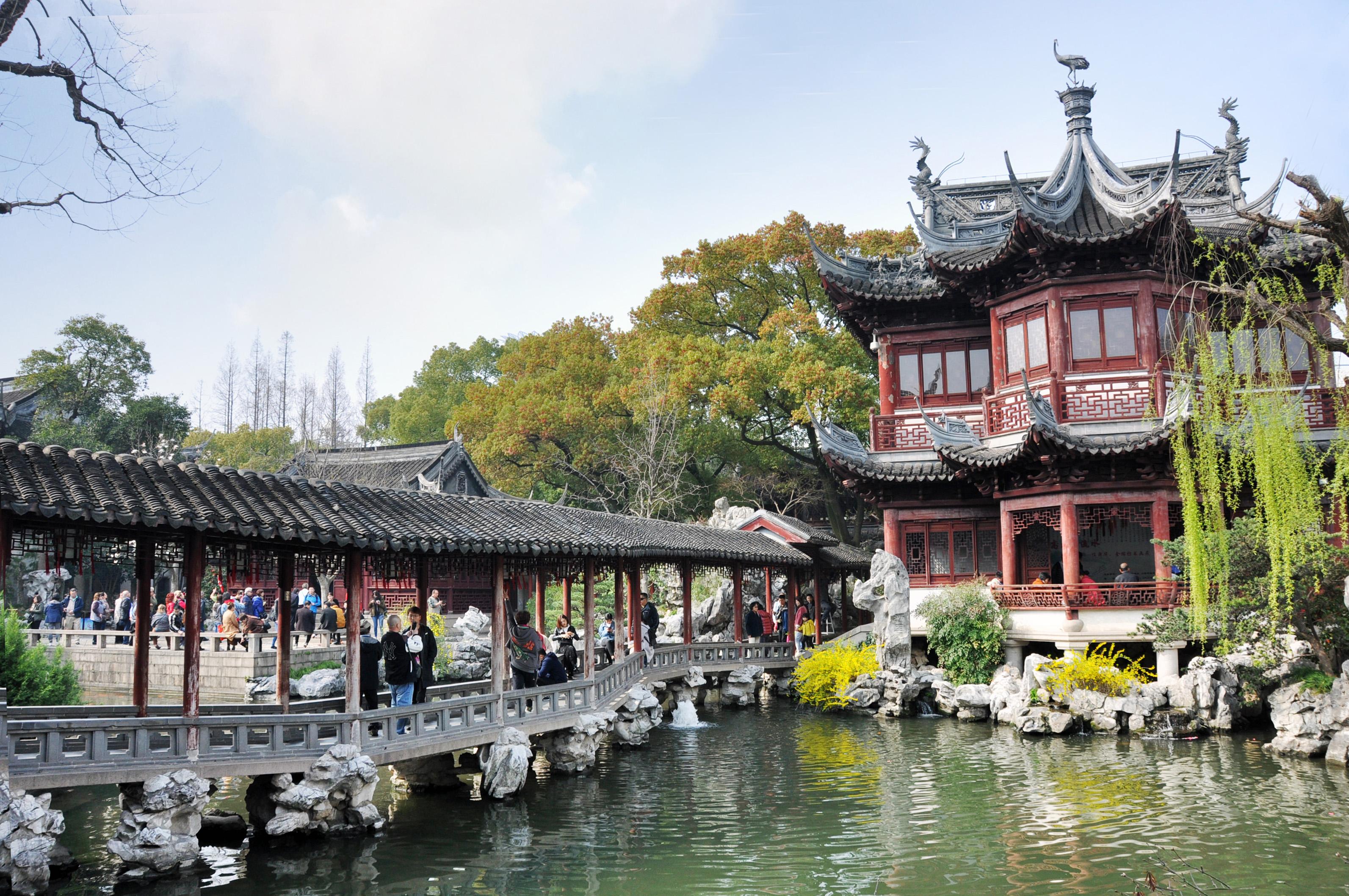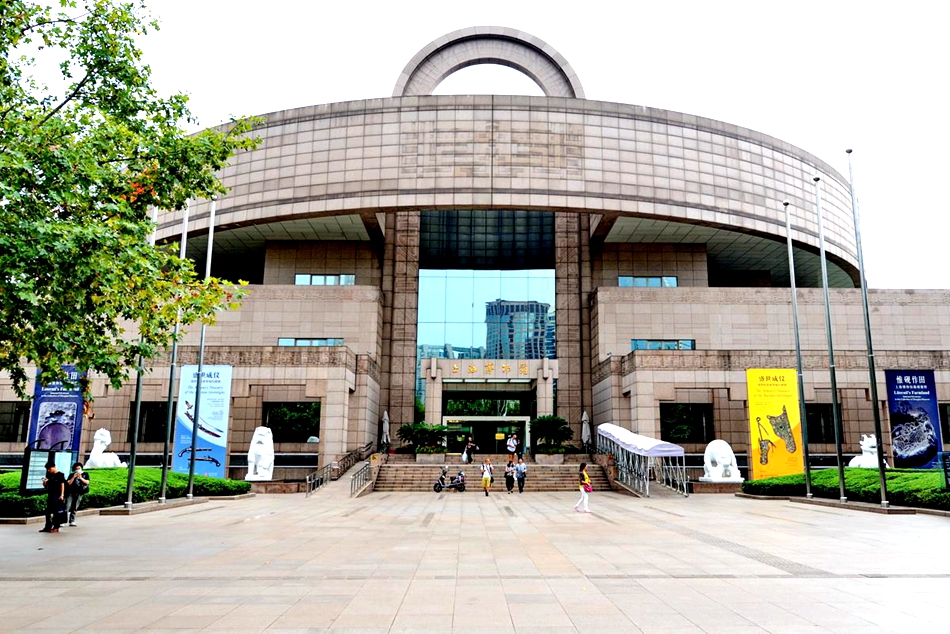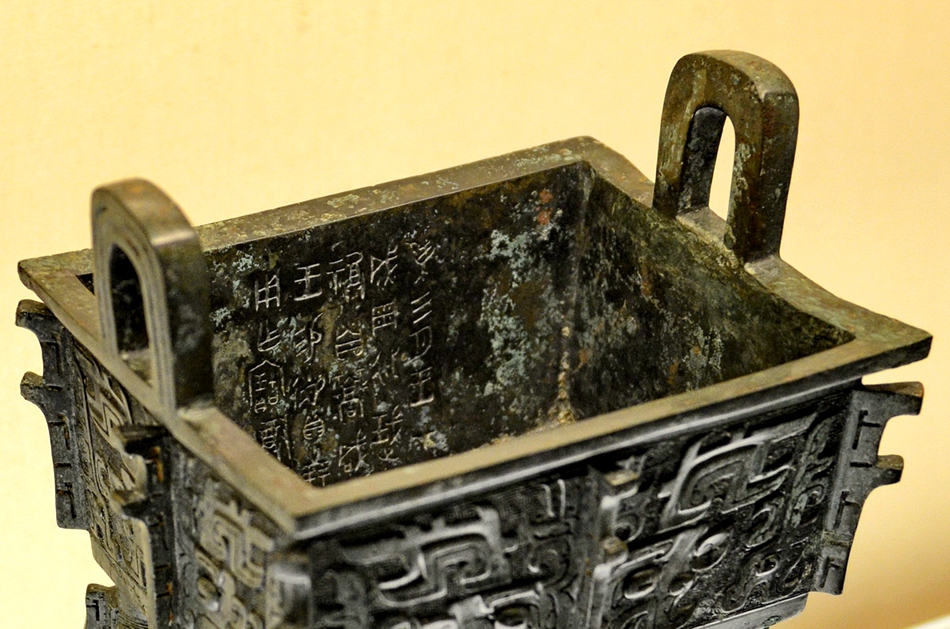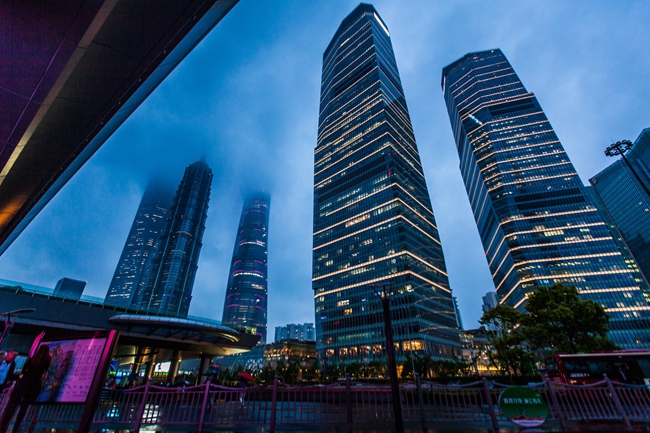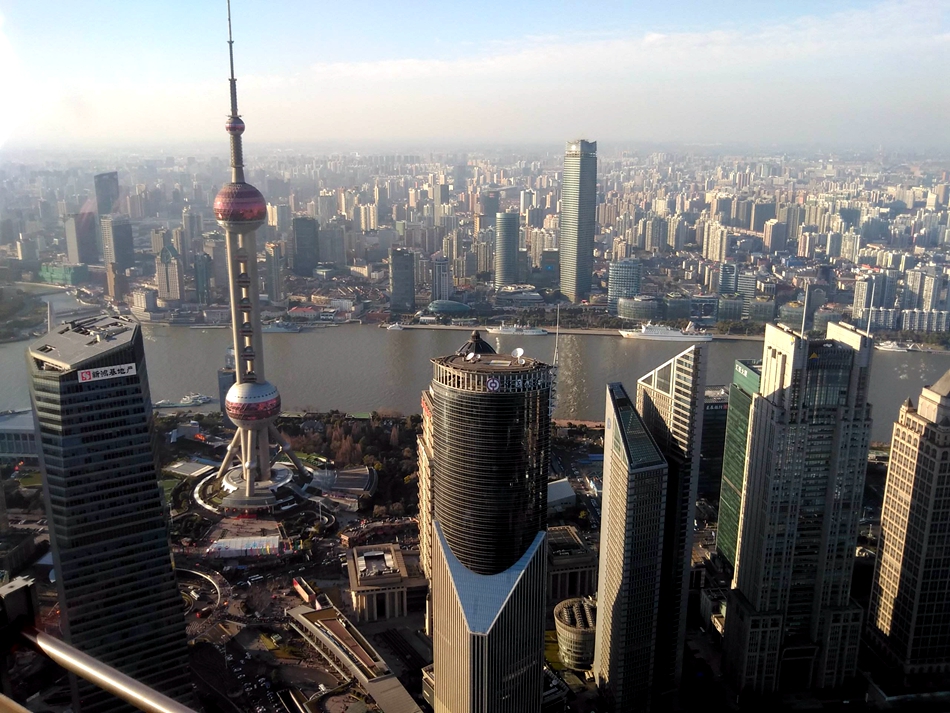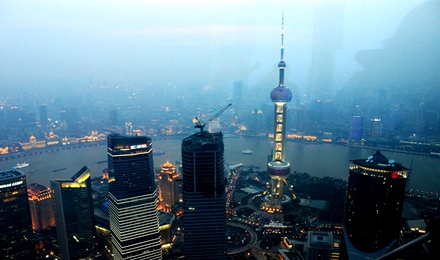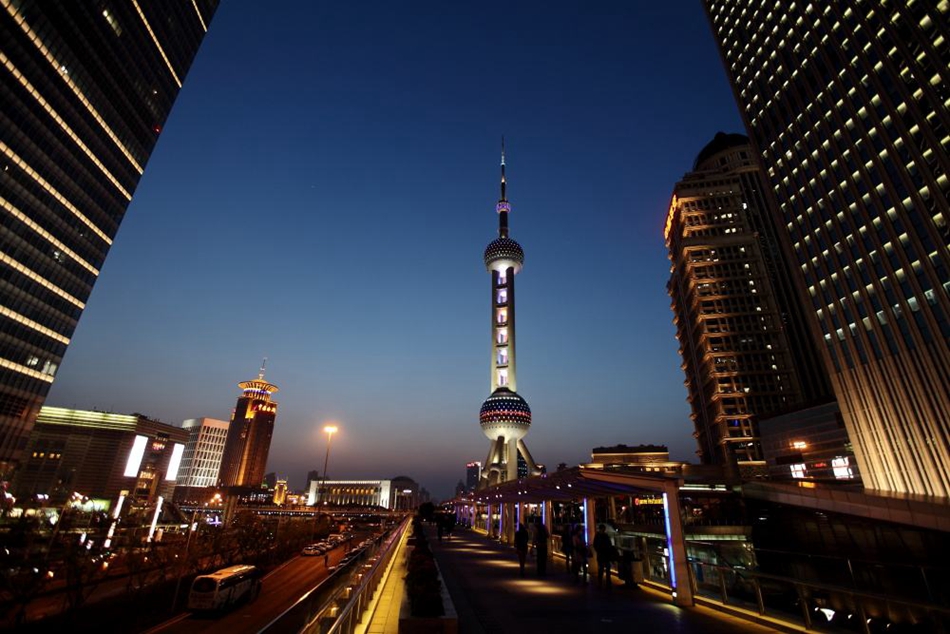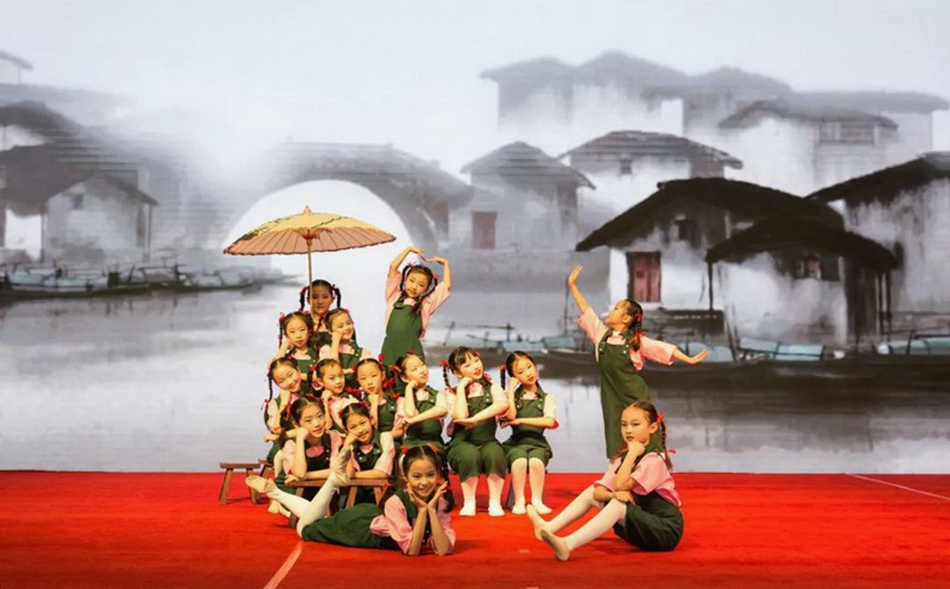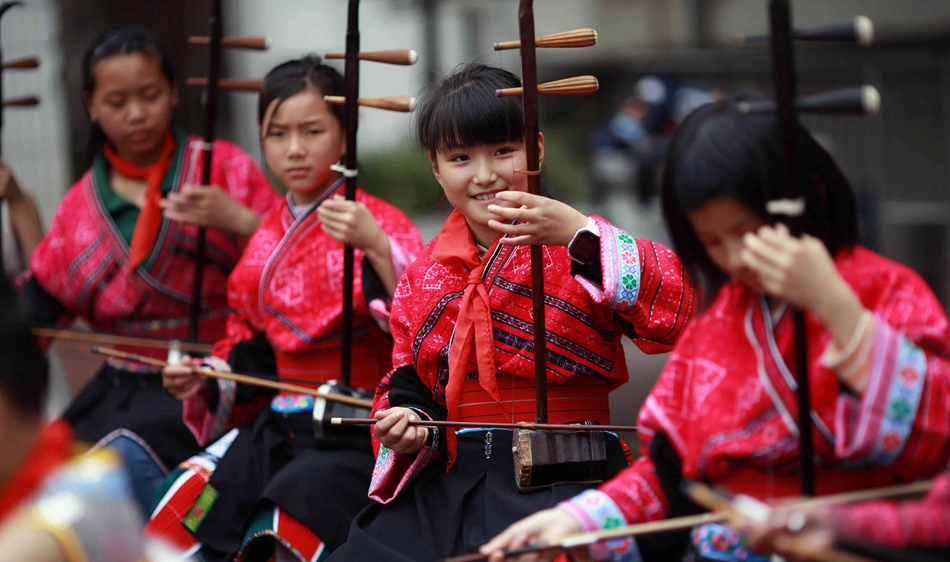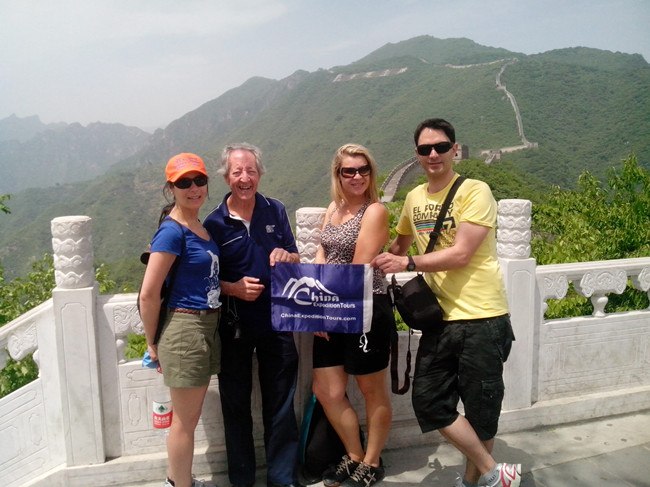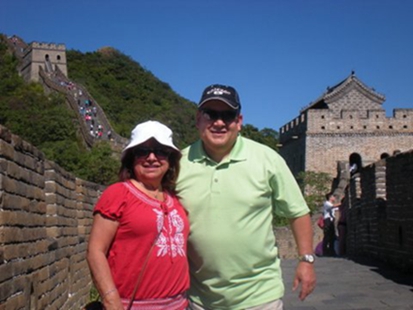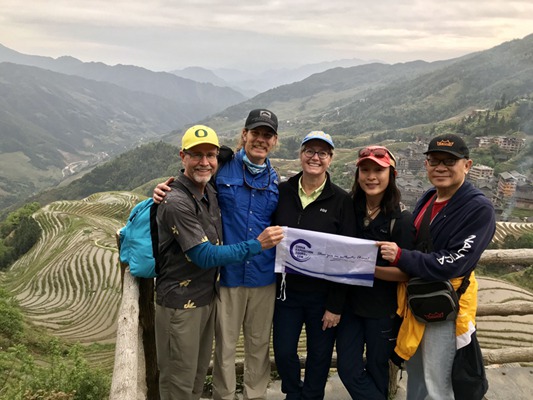Highlights
With a very high reputation worldwide, Chinese cuisine has become extremely popular among overseas gourmets. Chinese restaurants can be seen all over the world. This tour is designed for those Chinese cuisine lovers and brings you to taste authentic Chinese food. Our tour starts in Beijing, you can witness and climb the magnificent ancient construction of Great Wall, enjoy private family feast at one restaurant in the depth of Hutong, and also a sumptuous emperor’s dinner is served there. We flight to Chengdu to sample the Sichuan spicy food. Then come to Guilin, you experience a cruise on the world-wide famous Li River through stunning karst landscapes in Guilin and taste local special in Yangshuo. Our tour ends in Shanghai, be sated comfortable tasting the snacks while intoxicating in the wonderful sceneries. The Huaiyang cuisine in Yangzhou and Nanjing are surely to give you a deep impression and bring you aftertaste. If you are a gastronomist and interested in Chinese cuisine, contact us and join this fantastic tour.
Itinerary
When you arrival in Beijing, our guide will welcome you at the airport and bring you the private car that will take you to your hotel.
Stay overnight in Beijing.
Meals included:
We will travel to [Mutianyu Great Wall] , 80 kilometers northeast of Beijing. Mutianyu Great Wall is characterized by many watchtowers on overlapping mountain ranges. The wall, built with slabs of stone, is crenellated on both sides with bricks. Many people view that trying the crispy and tasty [Peking duck dinner] is indispensable in a visit to Beijing, so we arrange a featured dinner for you at Quanjude restaurant. The Peking duck is cooked in a special way. After the duck is roasted and dried, it looks dark red, shining with oil and crisp skin. People cannot wait to have a taste of the duck once they see the attractive appearance of the duck.
In China, the chef will show you the whole duck when it is served. Also, he will slice it into thin pieces with both skin and meat on. You can wrap duck slices, onion, and sauce in a pancake or a sesame bun in your favorite. And you can expect cold dishes or hot dishes which are served with other parts of the duck. In most cases, you can also view an amazing decoration mixed with the duck bones, Chinese watermelon and cabbage.
Stay overnight in Beijing.
Meals included: Breakfast , Lunch
[Hutong] (the Chinese word for alleys in Beijing) in Shichahai area marks the beginning of the China gourmet tour. In the morning, we will drive to the [Shichahai area] locating in the nearness of second ring road. This area is well preserved in its original appearance, presenting you the style of ancient Beijing. Every year, there are countless tourists coming from all over the world to enjoy the concentrated old Beijing by going through Hutongs sitting in a rickshaw. There’s a famous saying goes "a good restaurant never worries about its remote location". So we are going to explore one of the most famous restaurants in Beijing, and the family feast of the Mei Mansion Restaurant is our first stop. Mr.Mei lanfang, the famous Beijing opera performer who is well-known around China, lived in the mansion before. Right now, serious questions may come into your mind: what makes the Mei family private feast different from other restaurants in Bejing and what is the flavor of the dishes there? It's believed that there are three principles about the meal for Mr.Mei: no fat and greasy, the characters of good to protection of throat and voice, and benefiting skin. Huaiyang dishes in south and Beijing Tan family dishes are successively combined in the Mei family feast, and it is especially famous for its unique cooking of fish. Among them the "Seven Color Shredded fish" is worthy to having a try. It is said that the chicken conjee is a daily dish for Mr. Mei, which is daintily made with thick fragrance of chicken soup by adding vegetable juice to the conjee when the dish is ready prepared, all these make it delicate and tasty.
You can walk comfortably along the Hutong or take a rickshaw to run through the area after lunch at the Mei Mansion. Hutongs in Shichahai area are former residences of many influential officials in the past. You can best enjoy the splendid culture and history of ancient Beijing by the exploration of twisty and peaceful Hutongs.
Our dinner will be arranged somewhere near to the courtyard in Prince Gong Mansion, one of the best preserved courtyards in the capital. The dinner we have is the one cares for the way of keeping good health and combining primes of all Chinese dishes, and it is delicately-presented meal with sumptuous flavor.
Stay overnight in Beijing.
Meals included: Breakfast
[Tian'anmen Square] is one of the largest city squares in the world, and we will take a walk to enjoy it after breakfast. The square has a good location in the central axis of old Beijing with the Monument to the People's Heroes in the center of square. Next, we will go to the [Forbidden City], imperial palaces for the emperors of the Ming and Qing dynasties. There are 800 ceremonial buildings, 9,999 rooms, and a courtyard that can hold 100,000 people in the city. Best ancient Chinese architectural styles are well preserved here, consist an imposing view. Then we gather and go to the Zen –Cool Restaurant located at east Beijing. The decoration and clothing of waiters will make you amazed once you entered the restaurant, which give you the feeling of enjoying your meal in a "prison-house". Considering the need s of customers, it is indeed a prison theme restaurant. However, dishes here are delicately made and converging flavors from different areas. Those tasty dishes with funny and smart names will give you a brand new dining experience. The last dish is a seafood barbecue, indicating that you will start well and ends well, and be release soon.
After the meal, please follow our guide to the [Fortune Street], a fantastic street gathering gastronome and tasty foods from all over the world. You can freely to choose and go around, and try different snacks and dishes. As for dinner, we recommend an Australian Jack Restaurant that famous for its drunk kangaroo cook with red wine. Besides, there is an Italian restaurant with its freakish shape of pizzas. A Thailand restaurant is famous for its golden crab in thick soup. Certainly, there are lots of more nice foods for you to discover and enjoy.
Stay overnight in Beijing.
Meals included: Breakfast , Lunch
The morning is for your free leisure. And we will fly to Chengdu after lunch. The tour guide will meet at your arrival and you will be transferred to the hotel. It is a pleasure for you to have a leisure walk in the evening. Markets and street hawkers fill the streets dealing in everything you could possibly imagine, range from snakes and snails to fortunes and foot scrubs. Many travelers here are simply killing time or passing through a route to Tibet. However, there are lots of pleasant things to do here: feast on some great food and soak up some of the mellow atmosphere in one of the thousands of tea houses dotted about the city.
Stay overnight in Chengdu.
Meals included: Breakfast , Lunch
We will go to experience Chengdu City after a leisurely breakfast. The unique natural conditions, beautiful environment plus the profound history make Chengdu is also a famous Chinese cultural city. The city tour to the [People’s Park]and [Kuanzhai Alley] will be an amazing one, where we can experience local people’s leisure life, feeling the relaxing pace of this southwestern city that boasts “Heaven of Abundance”.
Sichuan Cuisine which is famous for the spicy taste is considered as the four major style of cooking in China. Tasting the Sichuan cuisine is a necessary part of our trip to Chengdu. A hotpot dinner will let you know what authentic Sichuan spicy food is. More than 400 kinds of dishes such as Sautéed Pigeon Breast in XO Sauce, Stir-Fried Duck Tongues with Sichuan Chili, Kung Pao Chicken, as well as 2000 kinds of snacks such as Sichuan Style Wonton, Tangyuan (Glutinous Rice Balls) are included in Fermented Glutinous Rice Soup. You are kindly to suggest taking care of your stomach! Besides, Sichuan brocade, embroidery and lacquer ware are popular souvenirs.
Stay overnight in Chengdu.
Meals included: Breakfast , Lunch
In the morning, we will leave for [Chengdu Giant Panda Researching and Breeding Base] by private bus. The center is located on the mountain of Futoushan in the northern suburbs of the city. The best visit time recommended by Staffs is in the morning, between 8.30 and 10am, during feeding time when the cute black and white bear may bring you great fun. If you fail to visit during the right time, the bears are probably indulging in their favorite pastime, sleeping! Next, we go to a local restaurant to savor the variety of delicious foods. And we take a flight to Guilin in this afternoon.
Upon your arrival, you will be transferred to the hotel and can relax yourself after the flight. If you still energetic enough, we suggest you to walk around downtown of the small city for a fantastic night view.
Stay overnight in Guilin.
Meals included: Breakfast , Lunch
We will get on board to start the [Li River cruise] in the morning. To fully enjoy the picturesque Li River, you can either sit on cushion comfortably or stand in the open-air viewing platform with a pleasant breeze greeting you. Make sure that you have brought lots of films or a memory card with large capacity for your digital camera because this is a photographer's dream place, where the dramatic landscapes that Chinese artists have been painting for centuries are available to capture. Lunch will be served onboard. You can really have much leisure time to enjoy the Li River picturesque scenery until we reach Yangshuo. After disembarking, we will walk to the West Street, which has received countless praise of international visitors from all over the world and famed as "Earthly Village in China". It is well developed for visitors and there are over 300 cafes, restaurants, hotels art crafts and tourist stores, foreign language clubs, internet centers and Kungfu schools in the 600 meters long street.
In the afternoon, we will take part in a [cooking class], so you can show people your talents for food and bring out some delicious Chinese dishes for a [DIY dinner].
Stay overnight in Yangshuo.
Meals included: Breakfast , Lunch , Dinner
Rice noodle is popular among local people in Guilin and many outside visitors. Local people take it as breakfast almost every day and never get tired of it. So after we drive back to Guilin city in the morning, we will have a [lunch with some Rice Noodles] in Guilinese Restaurant. And then we depart for a city tour. As we all known that the [Elephant Trunk Hill] is the symbol of Guilin; it looks like an elephant standing in the Li River and drinking the water. Another wonderful place is the [Reed Flute Cave], one of the most spectacular caves displaying karst geographical formation in various shapes. When finishing the above visits, we will continue to the nearby [South China Sea Pearl Museum], where we can learn some knowledge of pearls and have the chance to purchase real sea pearl at competitive prices.
We will take a flight to Nanjing after the dinner. Once your arrival, you will be move to the hotel and relax yourself after the flight.
Stay overnight in Nanjing.
Meals included: Breakfast , Lunch , Dinner
You can visit Nanjing by yourself after breakfast in the morning. [Drink morning tea]. Huaiyang refined snacks are major features of morning tea. Steamed dumplings filled with soup of crabs roe, five tin dumpling, and other snacks are must if you want to try tasty snacks. After the rich and delightful morning tea, we walk to appreciate the beauty of this small city. And you are welcome to take a boat to sightseeing in the Slim West Lake. We will gather at the Daming Temple at lunch time, and we should take the opportunity to have a vegetarian meal because this kind of meal is only available for visitors at noon. Even though those dishes resemble meat dishes in appearance, please don't be misguided by your eyes and they are one hundred percent made of vegetables such as lotus root, mushroom, bean curd, and so on. [Daming Temple], which is famous for the unique garden scenery will be your first sightseeing spot after lunch. Dinner is arranged at a local restaurant to enjoy the well-known Wensi bean curd. It's said that there was a monk named Wensi who made this delicious dish using bean curd, lily flower and edible tree fungi (kind of mushroom). One time, the emperor tried the dish and he liked this dish very much, so it became a popular dish in the palace from then on. Finally, we drive back to Nanjing.
Stay overnight in Nanjing.
Meals included: Breakfast
We will leave for Shanghai by train in the morning and we can arrive in Shanghai at lunch time (about 2 hour train ride). After a short rest in the hotel, we set out to the Laozao Restaurant to enjoy the elegant Shanghai Benbang dish. In order to retain its original taste of the material, every dish was delicately prepared without monosodium and glutamate in the restaurant, representing you a special cooking art. After lunch, we will pay a visit to the [Jade Buddha Temple], an elegant structure famous for its Buddha statue which is carved of solid white jade and decorated by jewels. And then our guide will take you to the [Outer Bund] for a grand view of Shanghai. At that time, you maybe surprised at how modern this metropolis is while still preserving its old traditions. [Nanjing Road], the most prosperous commercial street, walking along the street will give you the chance to experience the prosperity of Shanghai. Dinner is on your own, you can choose to eat either western food or Chinese food as you like, and there are lots of delicious western restaurants available in the city.
Stay overnight in Shanghai.
Meals included: Breakfast
This morning we can enjoy a leisurely breakfast, and then go to visit the [Yuyuan Garden], where you will find more delicate handicrafts and tasty Chinese snacks. You can choose freely among more than 500 kinds of snacks, and what is highly recommended to you is the Nanxiang Steamed Bun Stuffed with Pork and Crab Roe and Spring Rolls. A visit to the [Shanghai Museum], one of the most famous museums in China, is also include in today’s tour. Then you could be dropped at Xintiandi, an affluent car-free shopping, eating and entertainment district of Shanghai, giving you the opportunity to explore this city on your own.
Stay overnight in Shanghai.
Meals included: Breakfast
Today, you can relax in your hotel until you are ready to move to the next destination or for your leaving departure.
Meals included:
Pricing & Accommodation
-
 US Dollar
US Dollar -
 Euro
Euro -
 GB Pound
GB Pound -
 CA Dollar
CA Dollar -
 AU Dollar
AU Dollar -
 HK Dollars
HK Dollars -
 Renminbi
Renminbi
| 1 person | 2-5 persons | 6-9 persons | ≥10 persons | Single Room Supplement | |
| First Class Tour | $5048 | $3235 | $2816 | $2329 | $990 |
| Comfortable Tour | $4146 | $2674 | $2253 | $1907 | $570 |
| Standard Tour | $3520 | $2323 | $1975 | $1555 | $360 |
* Price in every box above is for each person.
* The default currency is in US dollar. Please use the Currency Converter to see the equivalent quote in your currency. Price is for references only, it may vary according to your actual travel itinerary, travel time, hotel price rise or fall, US dollar exchange rate fluctuation, car fuel price change and government tax adjustment, etc..
* The price is only for your reference and it is subject to seasons, high or low.Please send us your inquiry if you are interested.
* The differences between First Class Tour, Comfortable Tour and Standard Tour are mainly reflected in the hotels we use. For First Class Tour, we use mostly 5 star hotels (or hotels corresponded to 5 star ones), 4 star hotels for Comfortable Tour and 3 star hotels for Standard Tour. But there’re exceptions when there come home stay experience, remote destinations and other specified circumstances in the itinerary.
Inclusions / Exclusions
Inclusions:
- Attraction Entrance Fees
- Centrally Located Hotels
- Authentic Chinese Food
- Private Experienced Guides
- Private Cars/Van with Drivers
- Internal Flights/Train(s) in China
- Luggage Transfers
- Airport Taxes and Fuel Fees
- Service Charge & Government Taxes
- Travel Insurance
Exclusions:
- International Airfare to Enter/Leave China
- China Entry Visa Fees
- Excess Baggage Charges
- Personal Expenses
- Single Room Supplement
- Tips or Gifts to Guides/Drivers/Bellmen
Important Information
How to Pack up
We suggest that each person packs up one rollable suitcase with the weight under 20 kg/44lb. You will also need a day pack/bag to carry water, cameras and other electronics like iPods and mobile phones.
Checklist
It's only for reference and you may not need all of them. Choose from below according to the tour you pick up:
Passport (with photocopies)
Travel insurance (with photocopies)
Airline tickets (with photocopies)
USD cash and travelers checks
Credit or debit card (see personal spending money)
ChinaExpeditionTours vouchers and trip dossier
Any entry visas or vaccination certificates required
Day pack for daily personal items
Wet wipes / Moist towelettes
Alarm clock
Flashlight
Sun hat, Sun block, Sunglasses
Insect Repellent
Water bottle and Plastic mug for train journeys
Ear plugs for train journeys or light sleepers
Small towel and swim wear
Toiletries (biodegradable)
Sturdy walking shoes/Sport sandals
Money belt
Shorts for summer months (June – September)
Long pants
Shirts/T-shirts
Warm clothes for Nov-April. Fleece, Jacket, hat and gloves
Umbrella or waterproof jacket
Cover for backpack or plastic bags to keep clothes dry.
Camera, film and memory chip
Reading/writing material
Binoculars
Pocketknife
First-aid kit (should contain lip salve, Aspirin, Band Aids, anti-histamine, Imodium or similar tablets for mild cases of diarrhea, re-hydration powder, extra prescription drugs you may be taking).
Local Dress
Generally speaking, the dress standard is more conservative in China than it is in western countries. Things also changes quickly, nowadays the young Chinese share the same hobbies with their western counterparts. When packing try to pick loose, lightweight, long clothing that will keep you cool in the usually hot and humid climate of summers. In predominately Buddhist and Muslim regions we ask that you dress respectfully and avoid very short shorts/skirts and singlets/tanktops when visiting temples or mosques or other holy sites.
Spending Money
Every traveler is different and therefore spending money requirements will vary. Some travelers may drink more than others while other travelers like to purchase more souvenirs than most. Please consider your own spending habits when it comes to allowing for drinks, shopping and tipping. Please also remember the following specific recommendations when planning your trip.
Money Exchange
As currency exchange rates in Asia fluctuate often we ask that you refer to internet for the recent exchange rates. There are many ATM machines that accept both Visa and MasterCard and other credit cards in most Chinese cities. We also recommend the use of cash and travelers checks in USD currency. Major credit cards are accepted in big shops but they may charge a 2-4% transaction fee. For the small shops and the street venders, they take cash (either Chinese Yuan or US dollar) only.
Meals
Eating is a big part of your traveling in China. Travelling with ChinaExpeditionTours, you experience the vast array of wonderful food that is available out in the world. Generally breakfasts and lunches are included except dinners to give you the flexibility in deciding where, what and with whom to eat. Your group leader or local guide will be able to suggest favorite restaurants during your trip.
Emergency Fund
Please also make sure you have access to at least an additional USD200 (or equivalent) as an "emergency" fund, to be used when circumstances outside our control, necessitate a change to our planned route. This is a rare occurrence!
Tipping
It is customary to tip service providers in travel industry in Asia, at approximately 10%, depending on the service. Tipping is expected - though not compulsory - and shows an expression of satisfaction with the people who have assisted you on your tour. Although it may not be customary to you, it is of considerable significance to the people who will take care of you during your travels. Recommendations for tipping local guides would range from $6-$10 USD per person per day depending on the quality and length of the service, for driver, it could be half. If necessary, ask your tour leader or call your ChinaExpeditionTours tour advisor for specific recommendations based on the circumstances. If you have a tour leader for the whole tour, at the end of the trip if you felt he/she did an outstanding job, tipping is appreciated. The amount is entirely a personal preference. However as a guideline $6-10 USD per person, per day can be used.
Local Flights
All local flights are included in the cost of your tour unless otherwise noted. It is important that we have your passport information at the time of booking in order to process these tickets. Internal flight tickets are all e-tickets. They are issued locally and you will be given the information of them prior to the flight departure.
Laundry
Generally laundry facilities are offered by our hotels for a charge. You also can go to a laundry service center near your hotel to have your clothing washed at a lower cost. There will be times when you may want to or have to do your own laundry so we suggest you bring non-polluting/biodegradable soap.
Safety and Security
We strongly recommend the use of a neck wallet or money belt while travelling, for the safe keeping of your passport, air tickets, travelers' checks, cash and other valuable items. Many of the hotels we cooperate with have safety deposit boxes which are the most secure way of storing your valuables. A lock is recommended for securing your luggage.
Many national governments provide a regularly updated advice service on safety issues involved with international travel. We recommend that you check your government's advice for their latest travel information before departure. When travelling on a trip, please note that your group leader or local guides has the authority to amend or cancel any part of the trip itinerary if it is deemed necessary due to safety concerns. Your leader or local guides will accompany you on all included activities. During your trip you will have some free time to pursue your own interests, relax and take it easy or explore at your leisure. While your group leader or local guides will assist you with options available in a given location please note that any optional activities you undertake are not part of your itinerary, and we offer no representations about the safety of the activity or the standard of the operators running them. Please use your own good judgment when selecting an activity in your free time.
A Couple of Rules
Illegal drugs will not be tolerated on any trips. Possessing or using drugs not only contravenes the laws of China but also puts the rest of the group at risk. Smoking marijuana and opium is not acceptable for ChinaExpeditionTours travelers. Our philosophy of travel is one of respect towards everyone we encounter, and in particular the local people who make the world the special place it is. Use of illegal drugs is completely contrary to this philosophy and local law. Our group leader or local guides has the right to expel any member of the group if drugs are found in their possession or used.
Health
If you want to fully enjoy your trip abroad, a good health and confidence in physical strength are important. This trip may contain a fair amount of walking up and down steps in towns or climbing mountains. You should consult your doctor for up-to-date medical travel information well before departure. We recommend that you carry a First Aid kit as well as any personal medical requirements. Please be aware that sometimes we are in remote areas and away from medical facilities, and for legal reasons our leaders or local guides are prohibited from administering any type of drug including headache tablets, antibiotics, etc. In China pharmacies tend to stock the same western drugs as you get at home but they are usually produced locally so please bring the full drug name with you when trying to purchase a prescription drug. When selecting a tour please carefully read the itinerary and assess your ability to cope with our style of travel. Please refer to the Physical and Culture Shock ratings in this dossier for trip specific information. For travelers over 70 years a completed Medical Form is highly suggested to bring forth. ChinaExpeditionTours reserves the right to exclude any traveler from all or part of a trip without refund if in the reasonable opinion of our group leader or local guides they are unable to complete the itinerary without undue risk to themselves and/or the rest of the group.
Medical Form
It is very important you are aware that, as a minimum, an "average level of fitness and mobility" is required to undertake our easiest programs. Travelers must be able to walk without the aid of another person, climb 3-4 flights of stairs, step on and off small boats, and carry their own bags at a minimum. Travelers over the age of 70, or travelers with a pre-existing medical condition, are required to complete a short medical questionnaire, which must be signed by their physician. This is to ensure that senior travelers have the necessary fitness and mobility to comfortably complete their chosen trip. While our leaders or local guides work hard to ensure that all our travelers are catered for equally, it is not their responsibility to help individuals who cannot complete the day's activities unaided.
Travel Insurance
Travel insurance is compulsory in order to participate on any of our trips. You must have comprehensive travel insurance that covers you for medical costs associated with hospitalization, emergency travel and repatriation back to your home country. Please take your insurance policy with you when you travel. You may take other cover, of course, but we require you to be adequately insured before we can allow you to participate in our programs. Your ChinaExpeditionTours leader or local guides will need to see and record your policy details at the pre-tour briefing at the starting city, so please bring a copy along to the meeting. If you arrive without travel insurance your tour leader or local guide will require you to purchase a policy before you continue your journey with us.
If you are covered by a policy arranged through your credit card company you will be asked to provide evidence of this cover, as well as a 24-hour emergency contact number. Many credit card companies do not provide an insurance policy number. In this instance, the tour leader or local guides will need to record your credit card number, as this is required to activate any request for emergency assistance. You should also bring along the travel insurance information booklet provided by your credit card company. It is your responsibility to ensure that you meet the requirements set out by your credit card company in order to be effectively covered and that the cover offered is of a suitable standard.
Passport & Visas
Well before travelling, please ensure that you have a current passport, with an accurate photo, that is valid for at least six months after your scheduled return home. Also check that your airline tickets are in exactly the same name as your passport.
Please note that visas for China and Hong Kong are the responsibility of the individual traveler. The visa requirements for your trip vary depending on where you are from and where you are going. Americans, British, Canadians, Australians and New Zealanders do currently require a visa for China. For all other nationalities please reconfirm your visa requirements with your government. For the most up to date information please check your governments' foreign ministry website. It is important that you check for yourself. For most travelers there will probably have an embassy and consulate in the country that you live in. Please note if you are travelling from China, into Hong Kong then back into China, you will need a double entry Chinese visa. Note that on some occasions people transiting through China on way to Hong Kong have been made to go through immigration and had their single entry visa stamped making this invalid. Do not allow your visa to be stamped if you are only going through transit.
Keeping in Touch
If you need to be contacted while travelling we recommend that you set up an email address that can be accessed on the road, rather than relying on postal mail. Email cafes are becoming increasingly commonplace and cheap throughout the country, and have quickly become the preferred way for our leaders and travelers to stay in touch. If someone wishes to contact you in an emergency while you are on one of our trips we recommend that they contact us so we can get into touch with your tour leader or local guide quickly by their cell phone and they can pass their cell phone to you! We recommend that family and friends don't try to contact you through phoning hotels en route, as our hotels are subject to change.
Feedback
After your travels, we want to hear from you! Your feedback information is so important to us and we'll record you and give you ChinaExpeditionTours travel points so you can use the points to get discount for your next ChinaExpeditionTours trip or your friends' ChinaExpeditionTours tours.

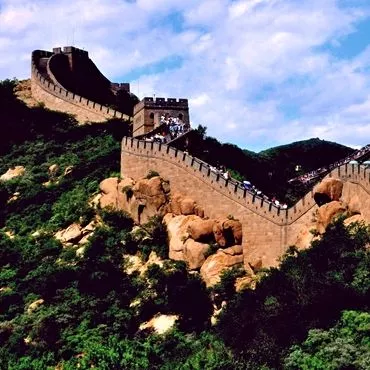
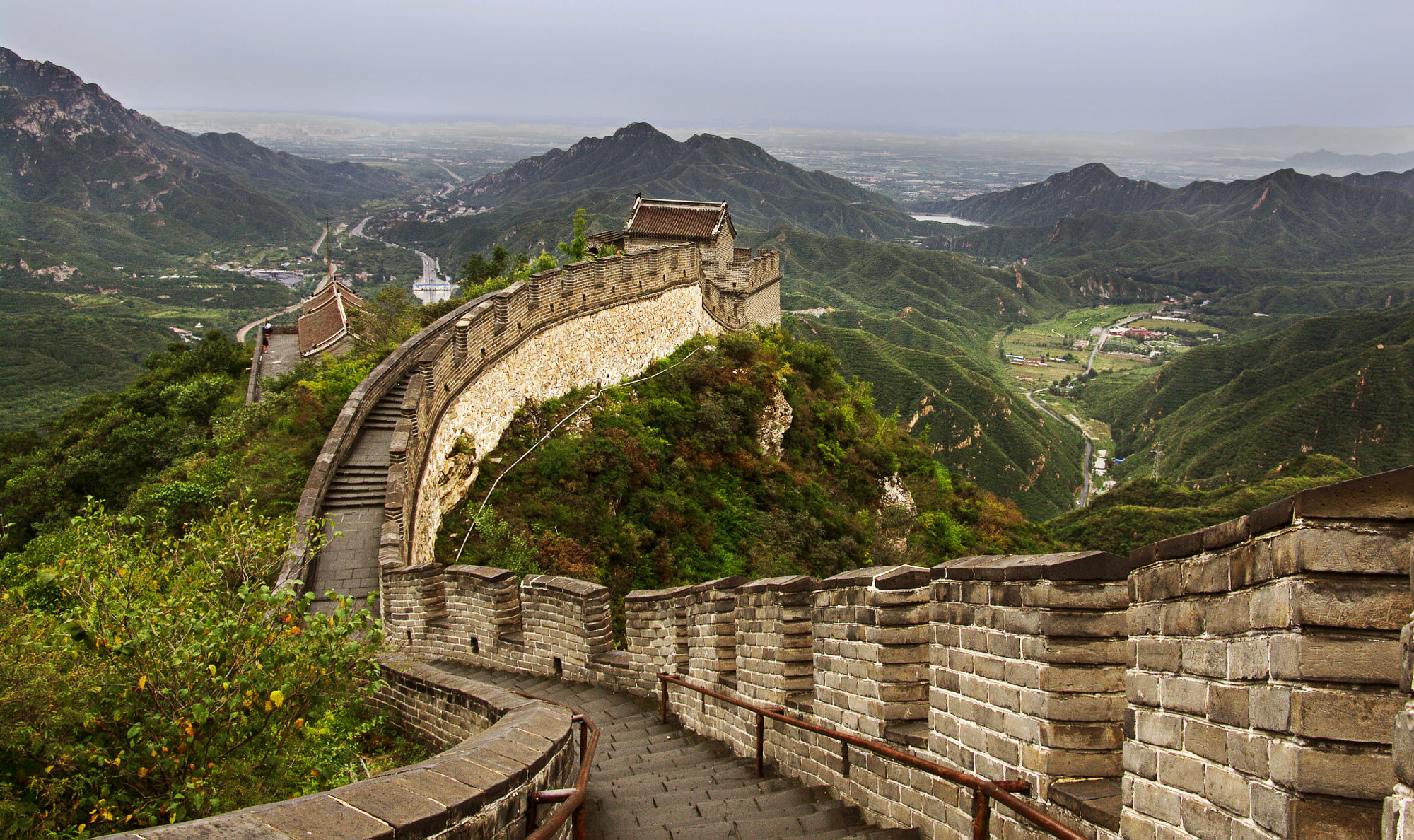
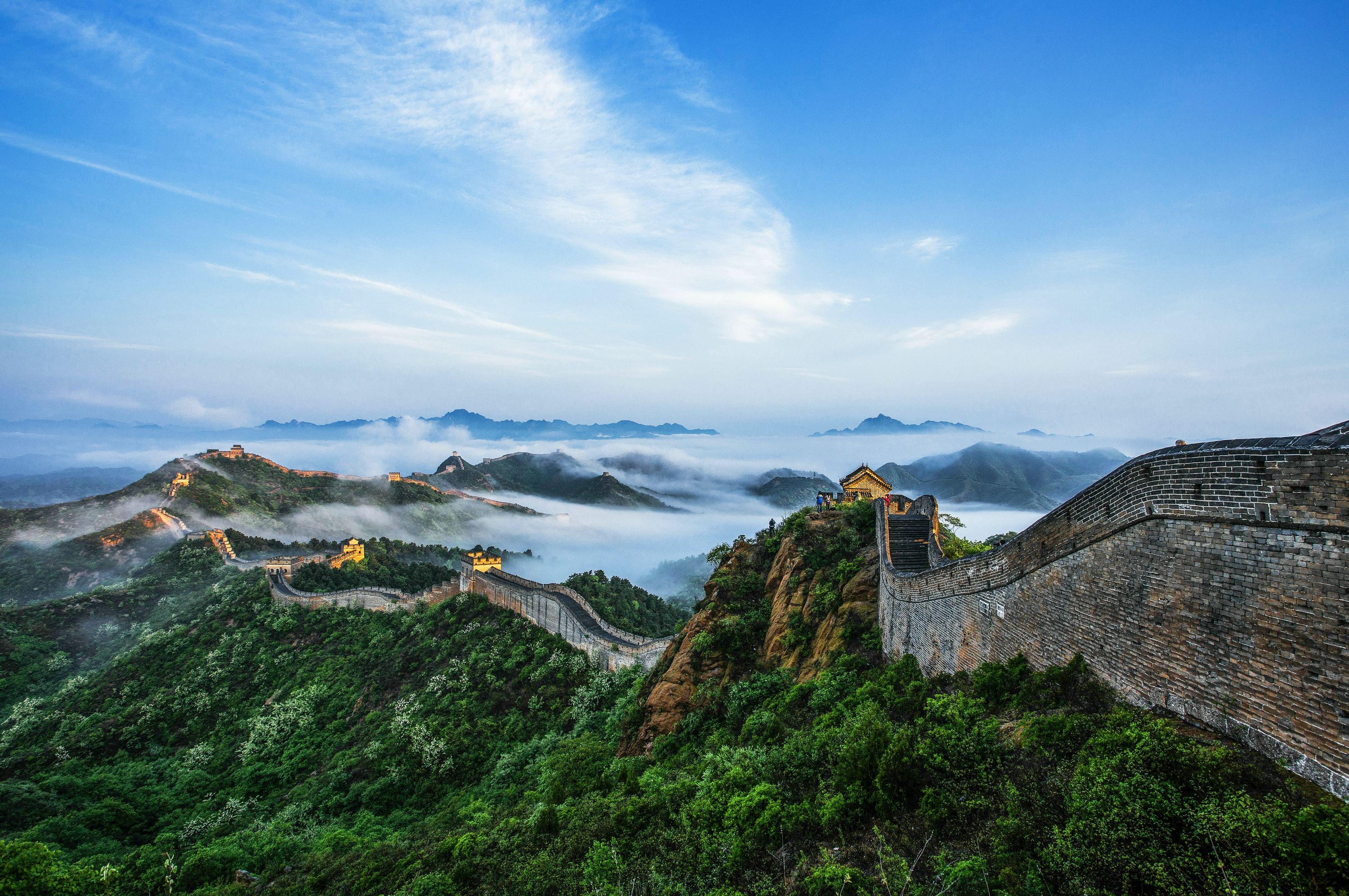
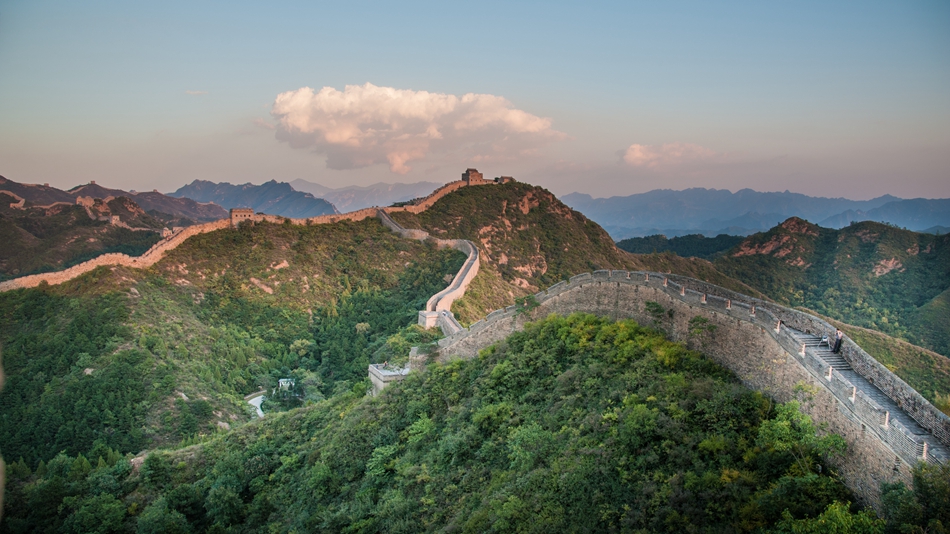
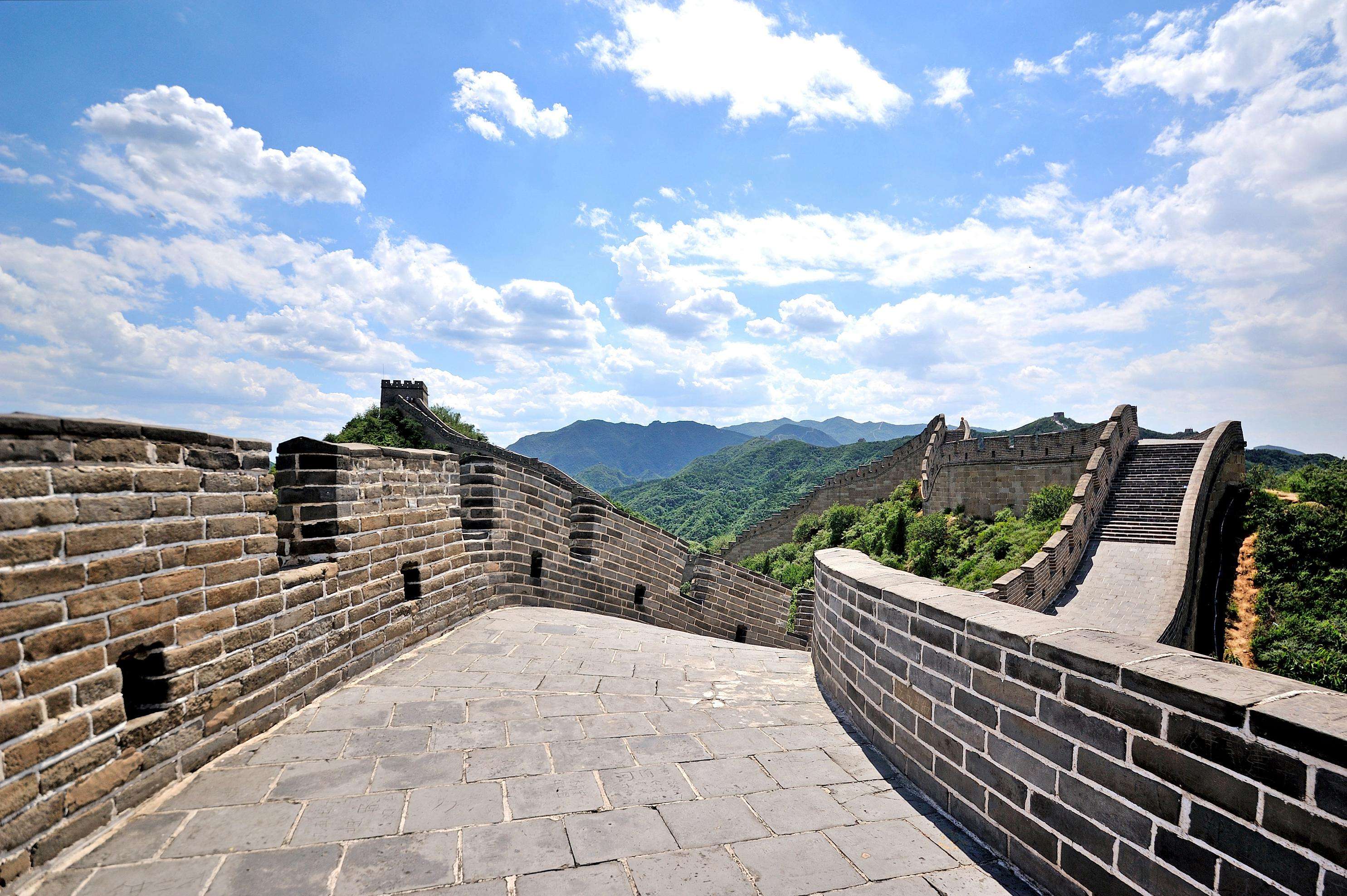
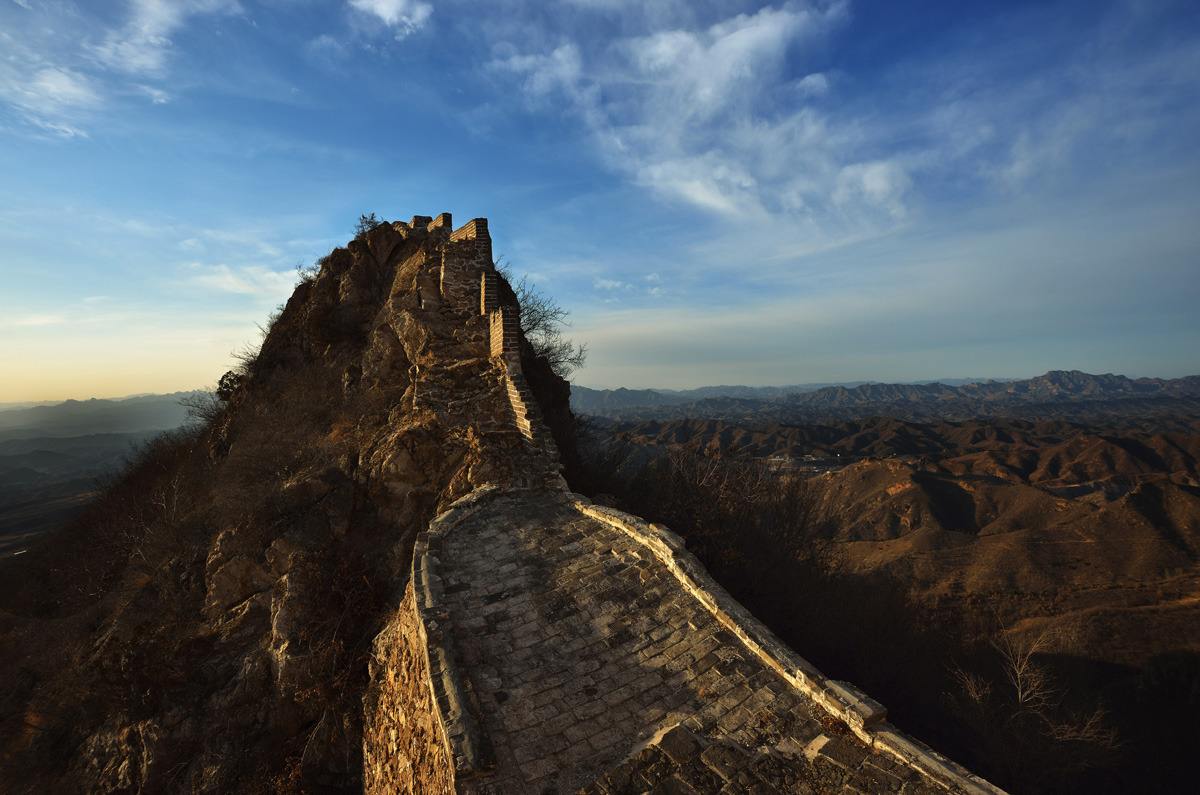
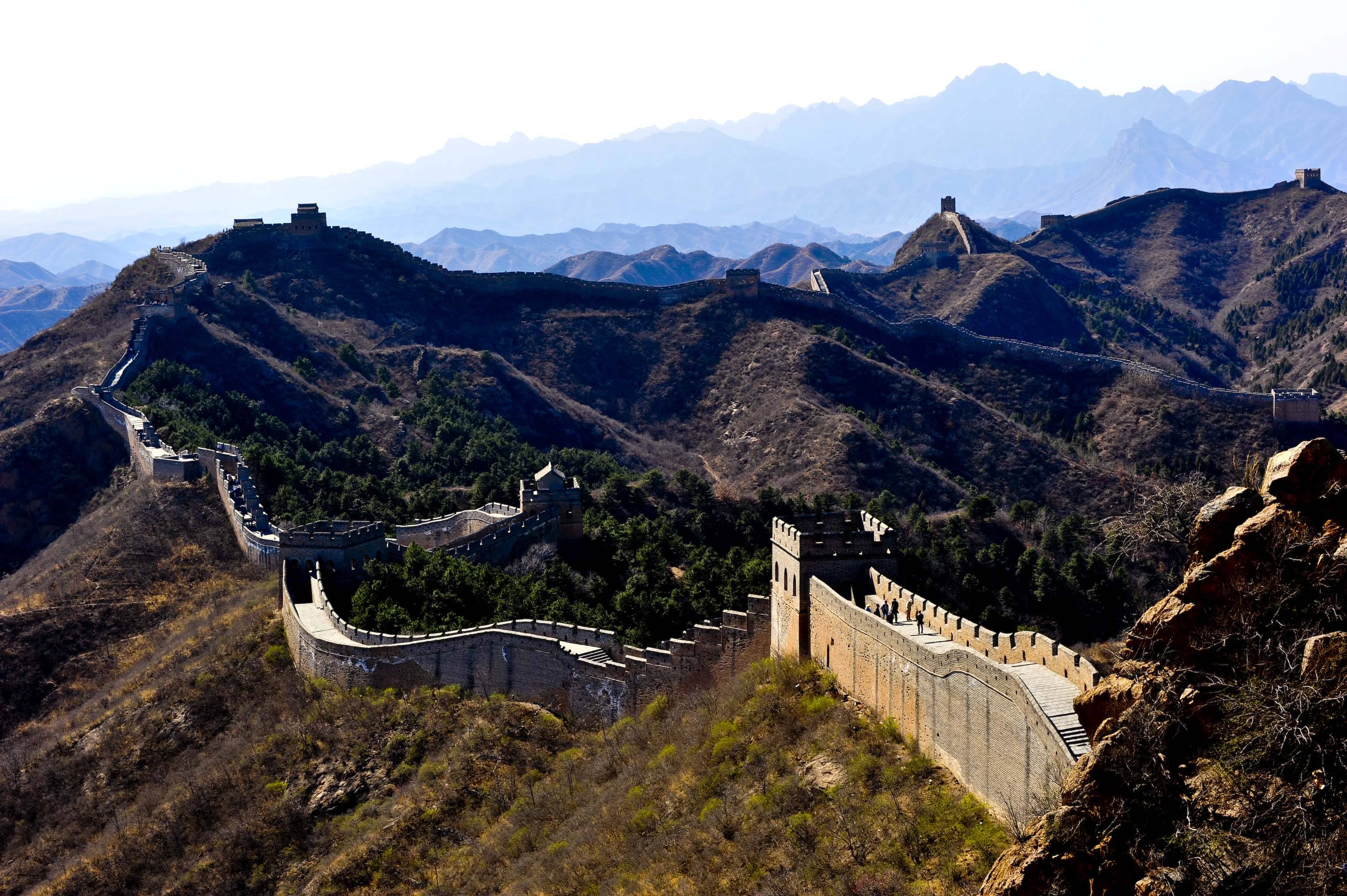
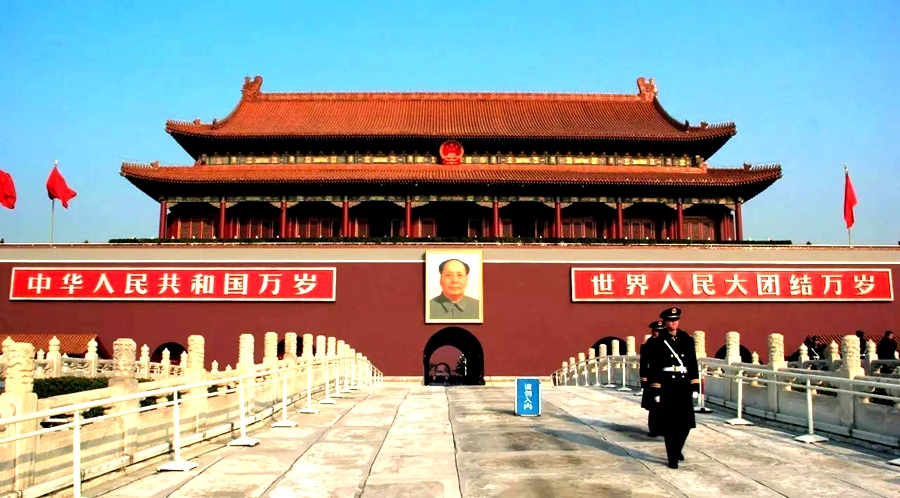
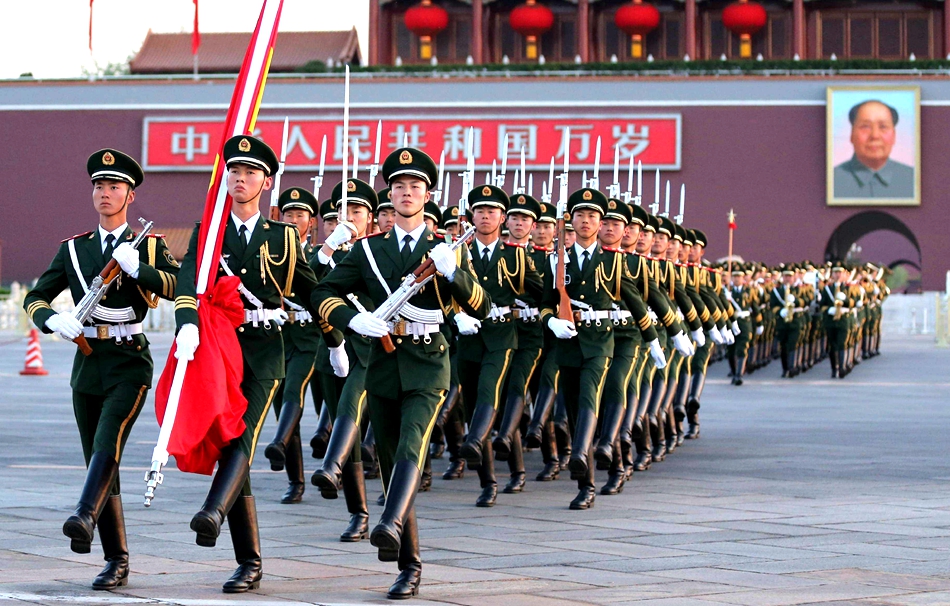
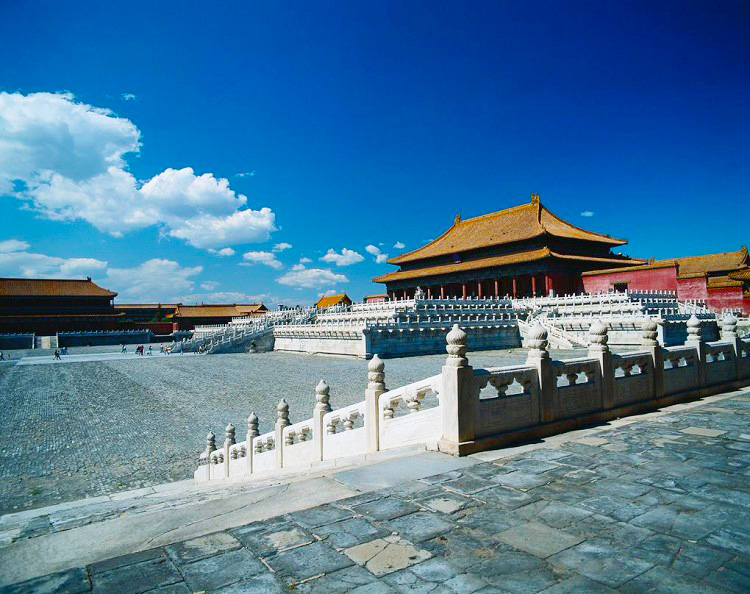
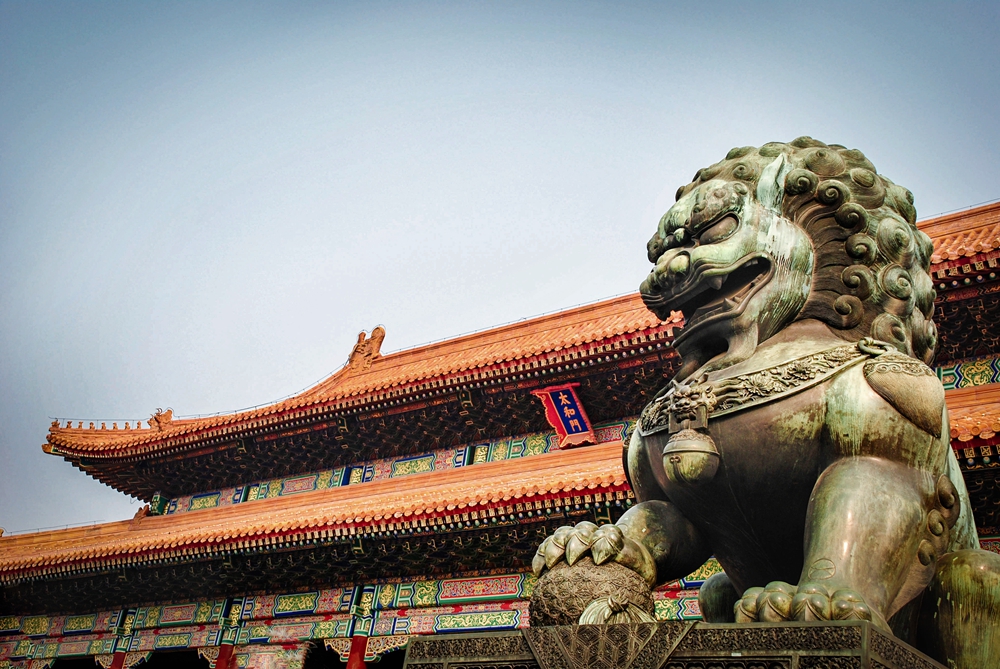 The Construction of the magnificent palace started in 1406, and ended in 1420. It took 14 years to complete the project. One year after completion, Emperor Yongle moved his capital from Nanjing to Beijing. Since then, 24 emperors have lived at the Forbidden City, 14 during the Ming Dynasty and 10 during the Qing Dynasty.
The Construction of the magnificent palace started in 1406, and ended in 1420. It took 14 years to complete the project. One year after completion, Emperor Yongle moved his capital from Nanjing to Beijing. Since then, 24 emperors have lived at the Forbidden City, 14 during the Ming Dynasty and 10 during the Qing Dynasty.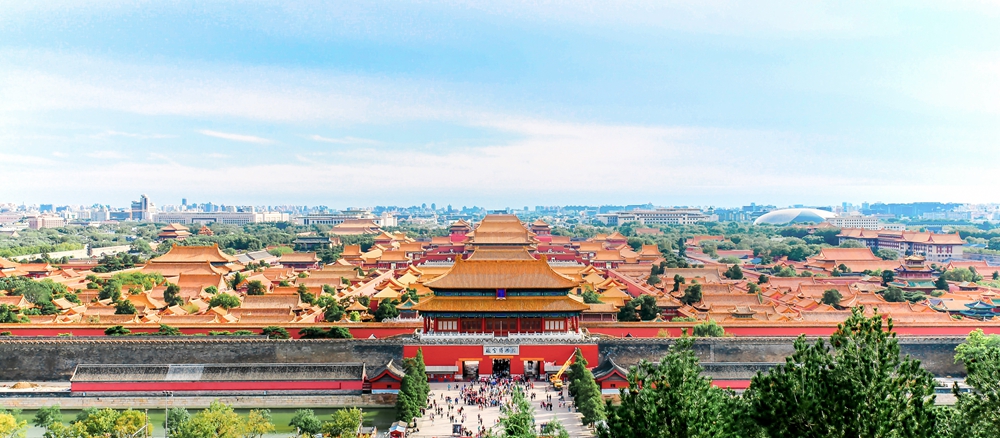
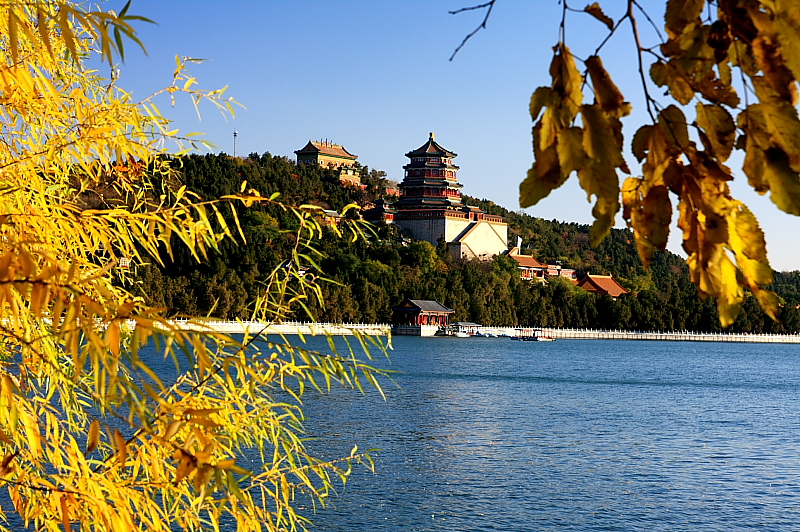
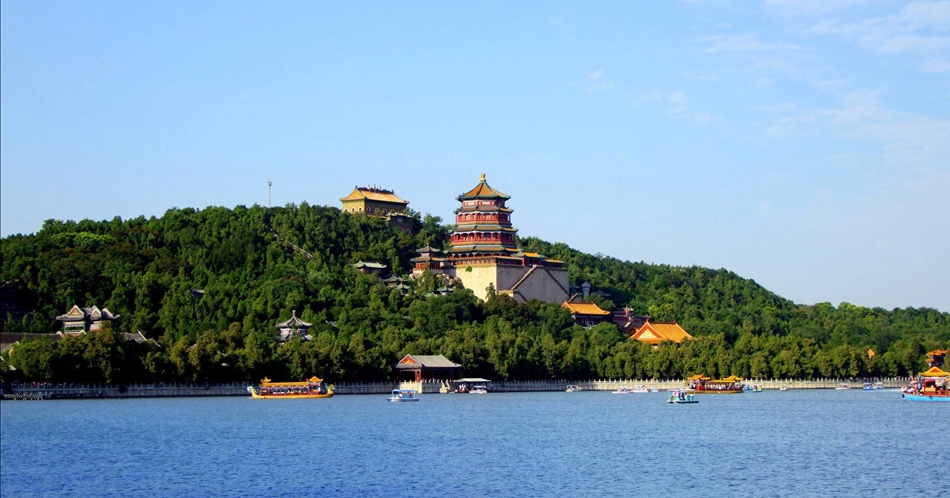
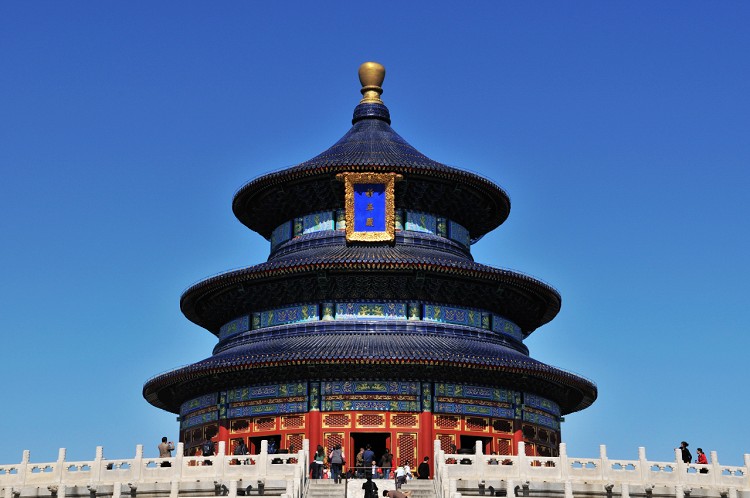
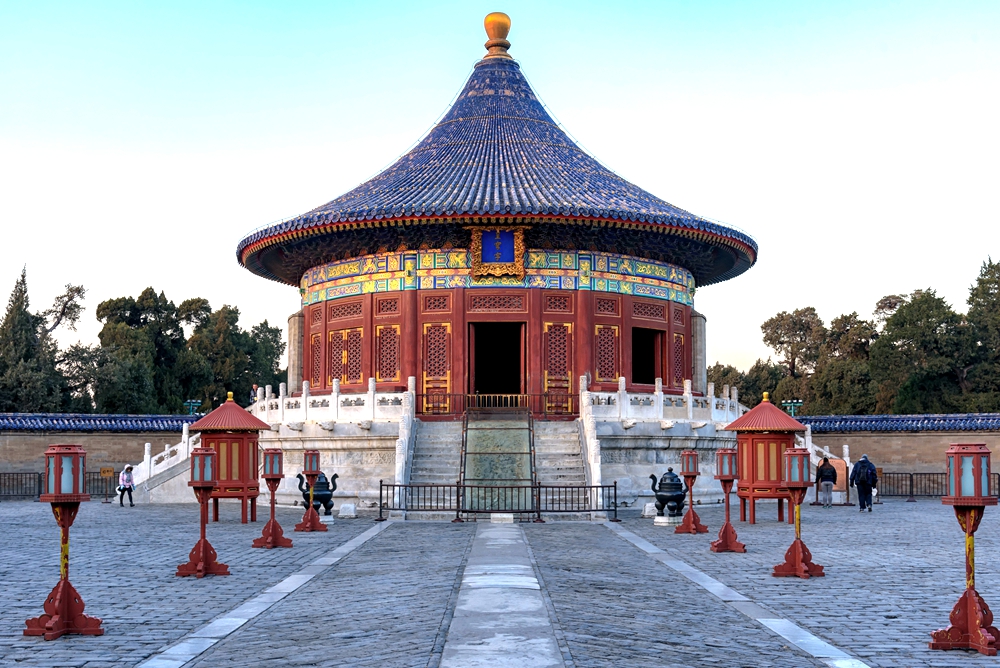
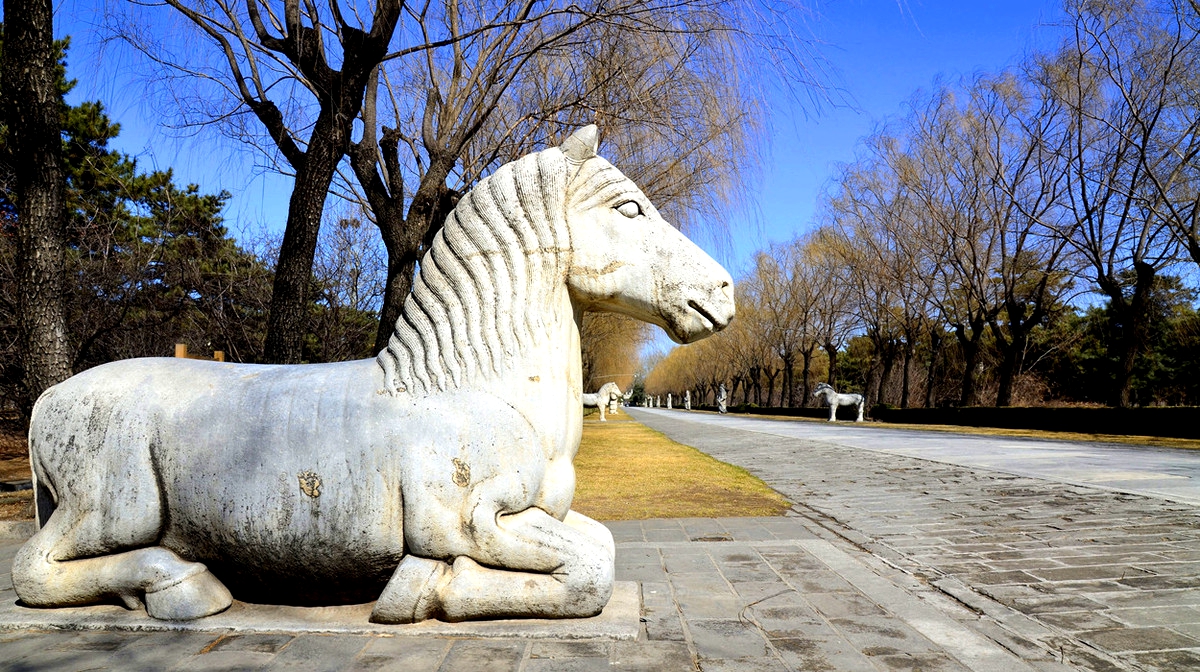
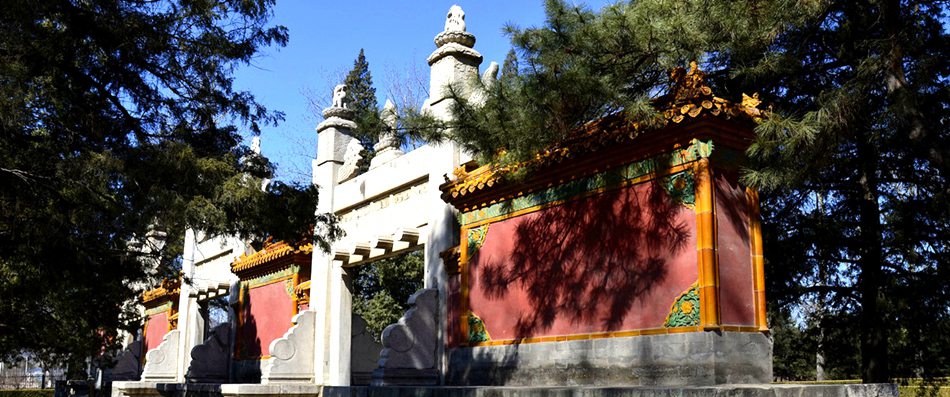
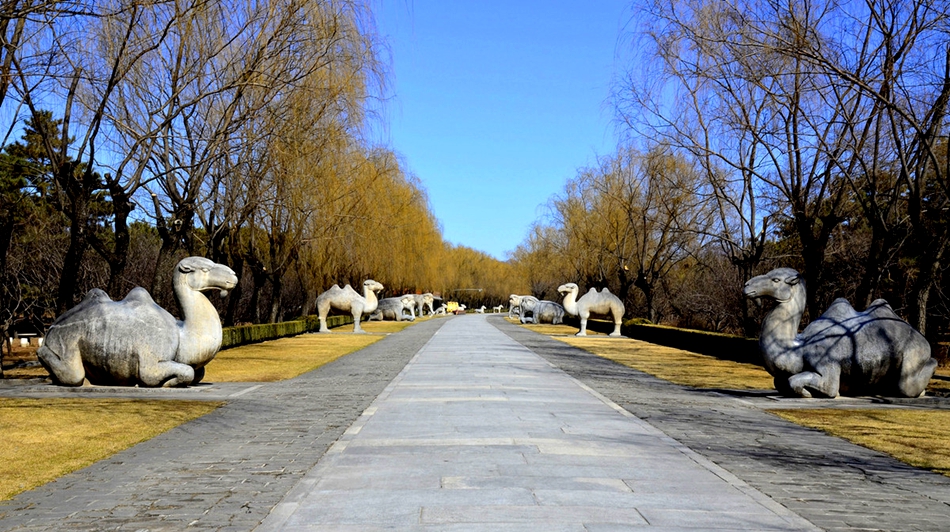
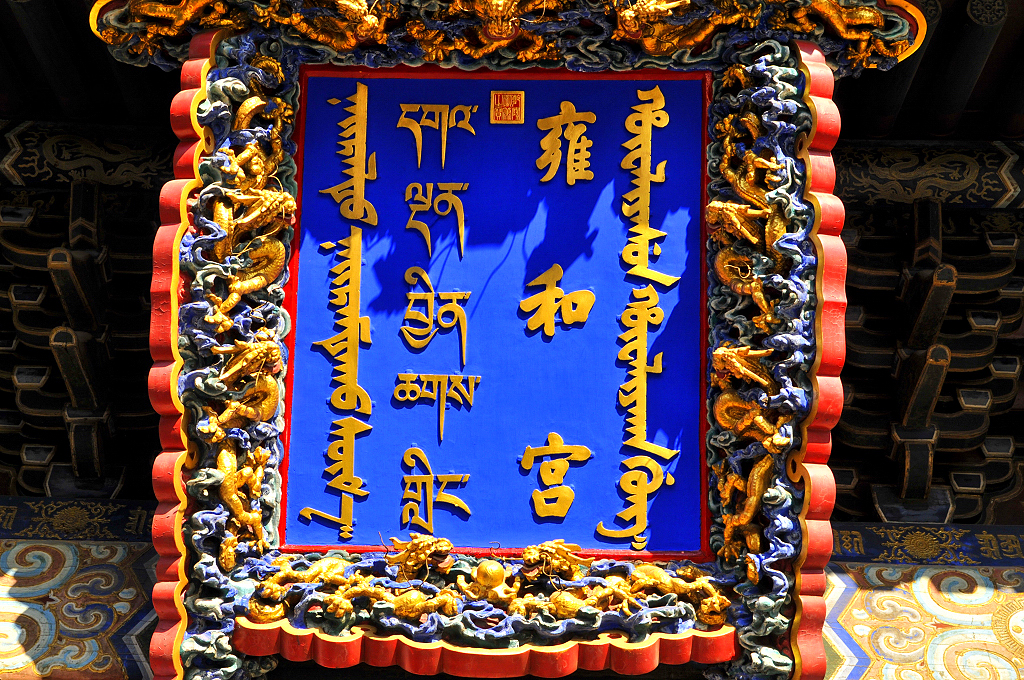
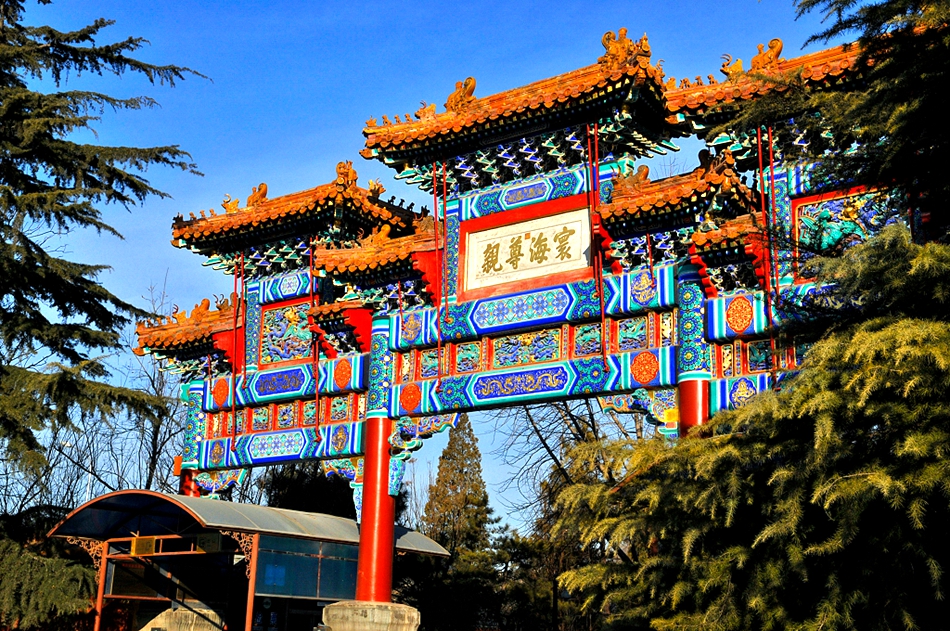
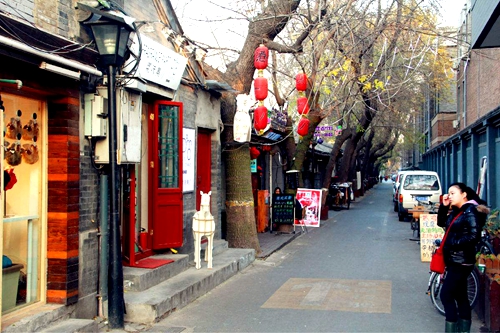
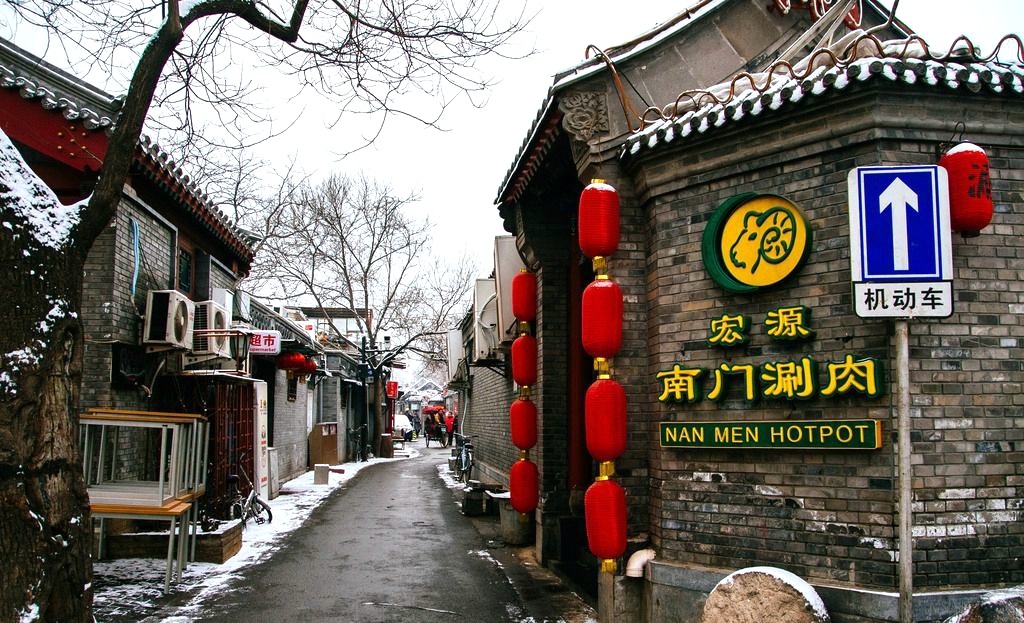
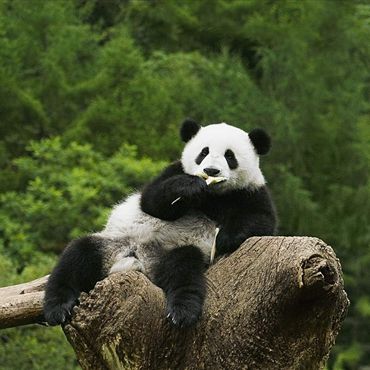
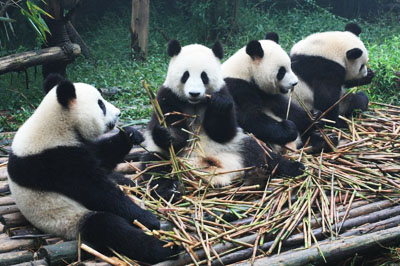
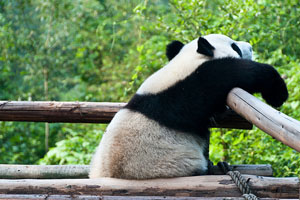
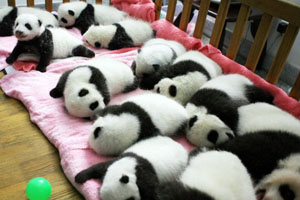
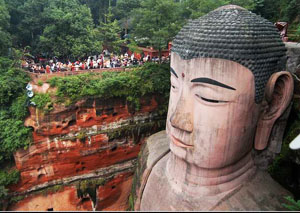
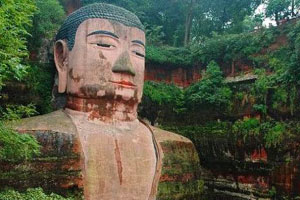
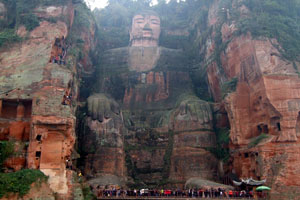
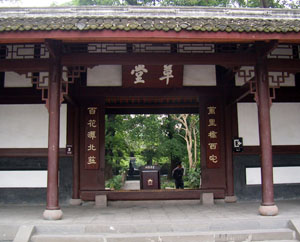
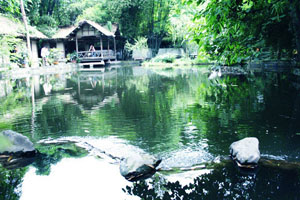
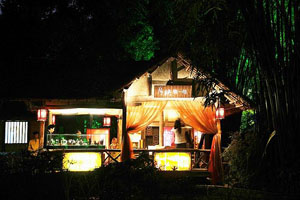
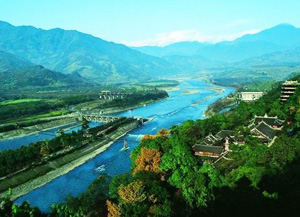
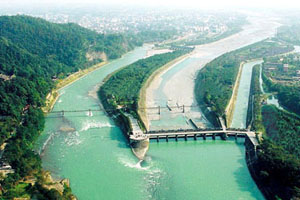 Having witnessed centuries’ changes, the gorgeous Dujiangyan likes a record of the history attracting a growing number of tourists with the picturesque and splendid landscape. On November 29, 2000, Dujiangyan was listed as the world cultural heritage by UNESCO. Nowadays, Dujiangyan is not only the irrigation work, but also a popular scenic spot with many charming sceneries around--just like many stars twinkling around the moon.
Having witnessed centuries’ changes, the gorgeous Dujiangyan likes a record of the history attracting a growing number of tourists with the picturesque and splendid landscape. On November 29, 2000, Dujiangyan was listed as the world cultural heritage by UNESCO. Nowadays, Dujiangyan is not only the irrigation work, but also a popular scenic spot with many charming sceneries around--just like many stars twinkling around the moon.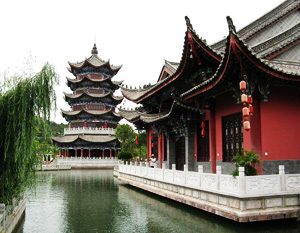
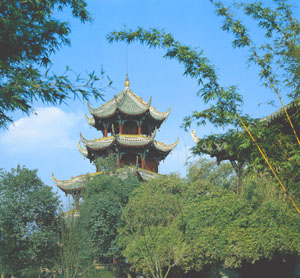 Wangjiang Pavilion with a height of 39 meters is the most shinning architecture in the Wangjiang Park that covered by green bamboo woods. Wangjiang Pavilion, built in Qing Dynasty (1644-1912), was designed as an octagonal shape with the overhanging eaves, sharp golden roof, and various exquisite figure carvings and clay sculptures of animals decorating each floor. Located on the bank of Jinjiang River, Wangjiang Pavilion provides an ideal angle for river viewing, from which it derived the present name “Wangjiang Lou”.
Wangjiang Pavilion with a height of 39 meters is the most shinning architecture in the Wangjiang Park that covered by green bamboo woods. Wangjiang Pavilion, built in Qing Dynasty (1644-1912), was designed as an octagonal shape with the overhanging eaves, sharp golden roof, and various exquisite figure carvings and clay sculptures of animals decorating each floor. Located on the bank of Jinjiang River, Wangjiang Pavilion provides an ideal angle for river viewing, from which it derived the present name “Wangjiang Lou”.